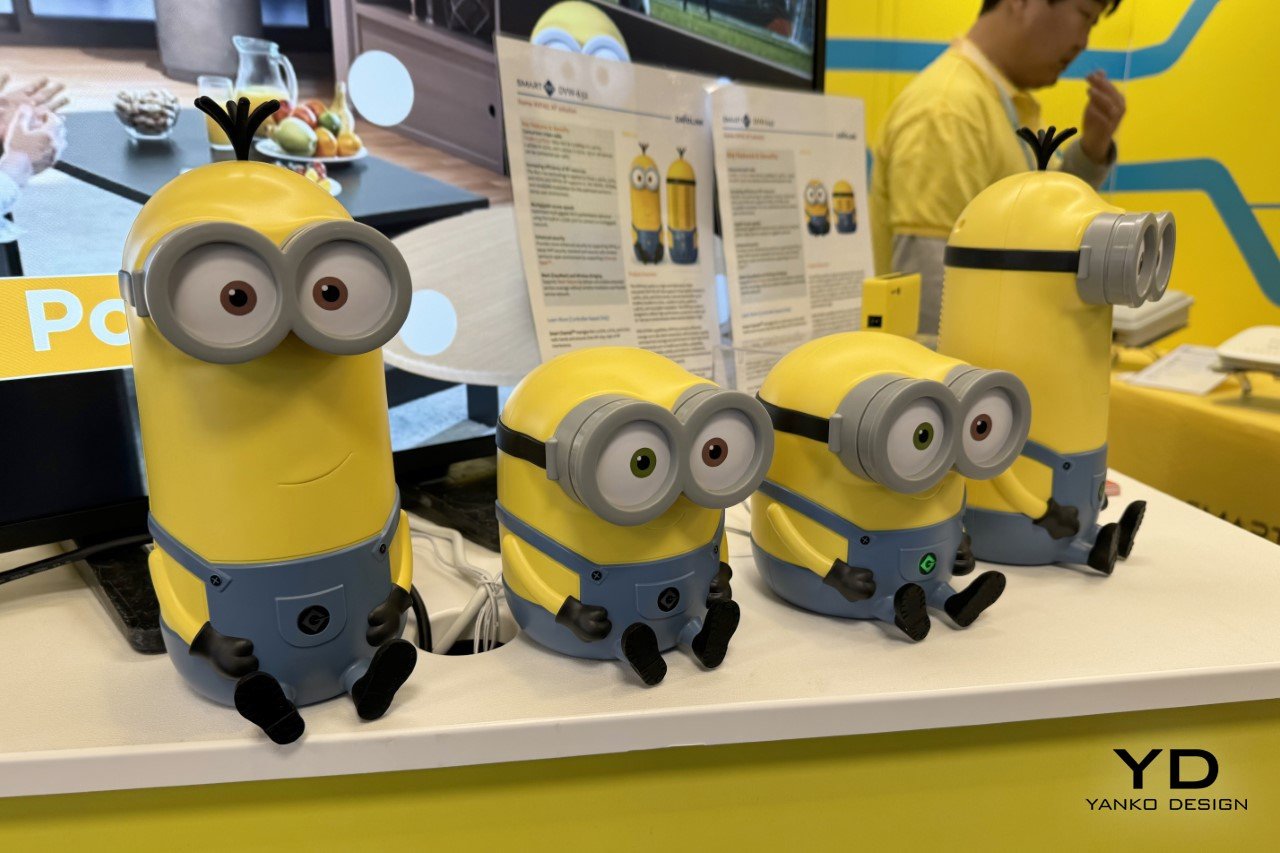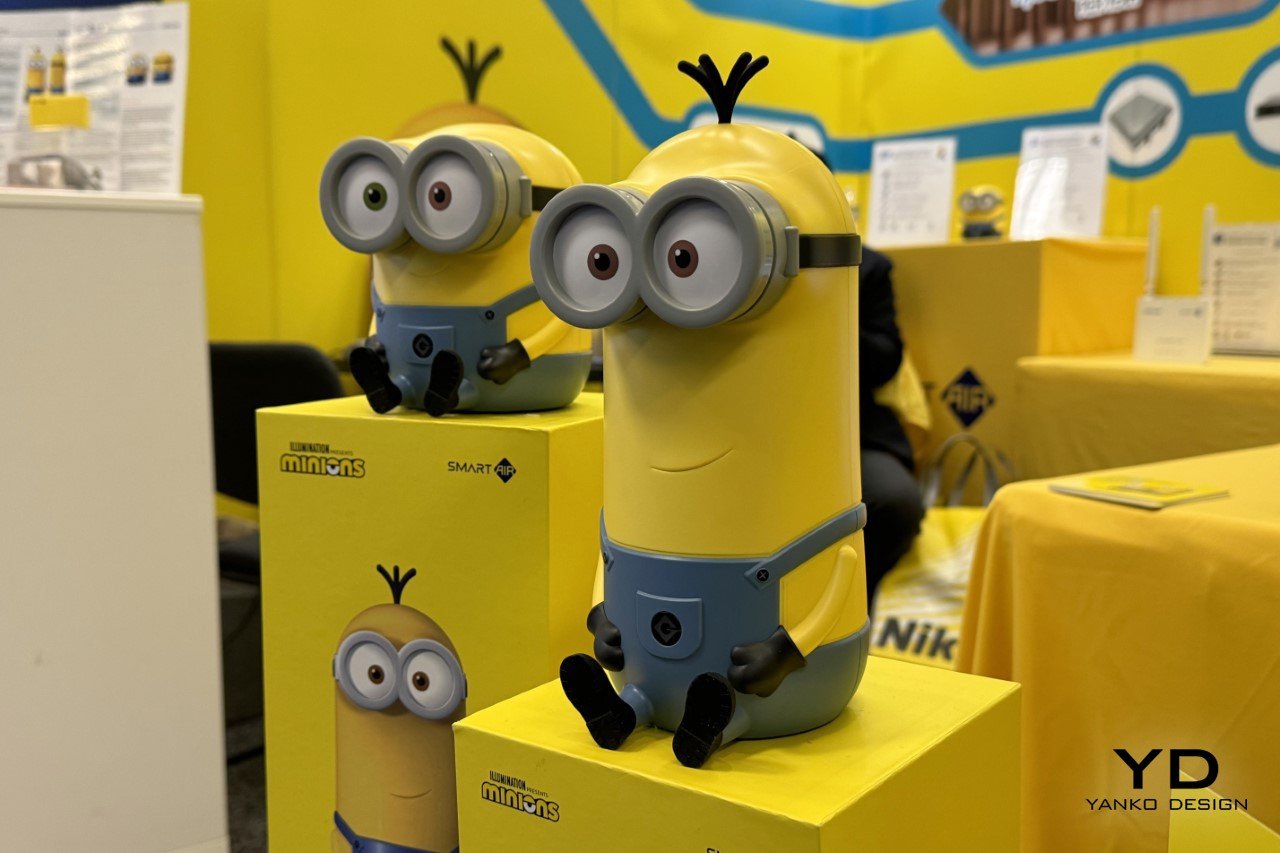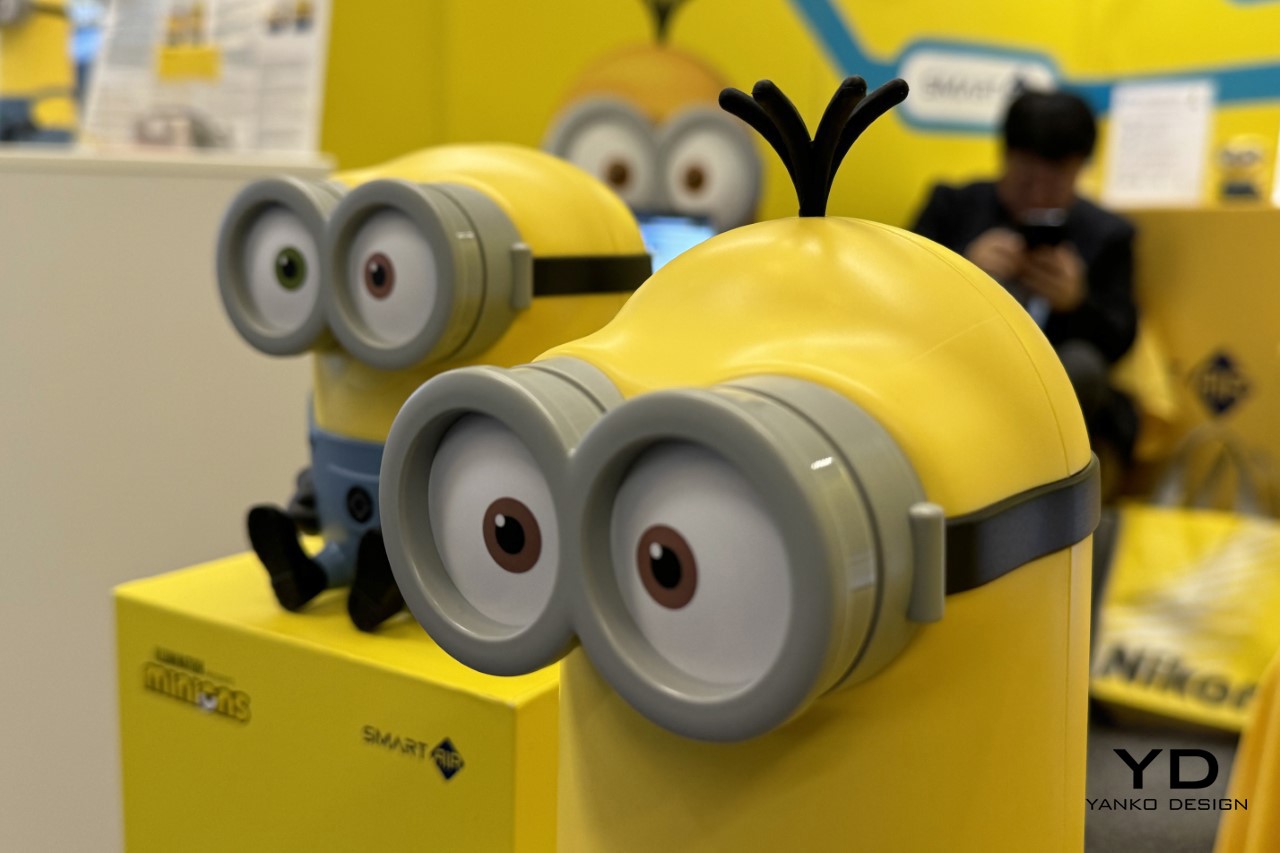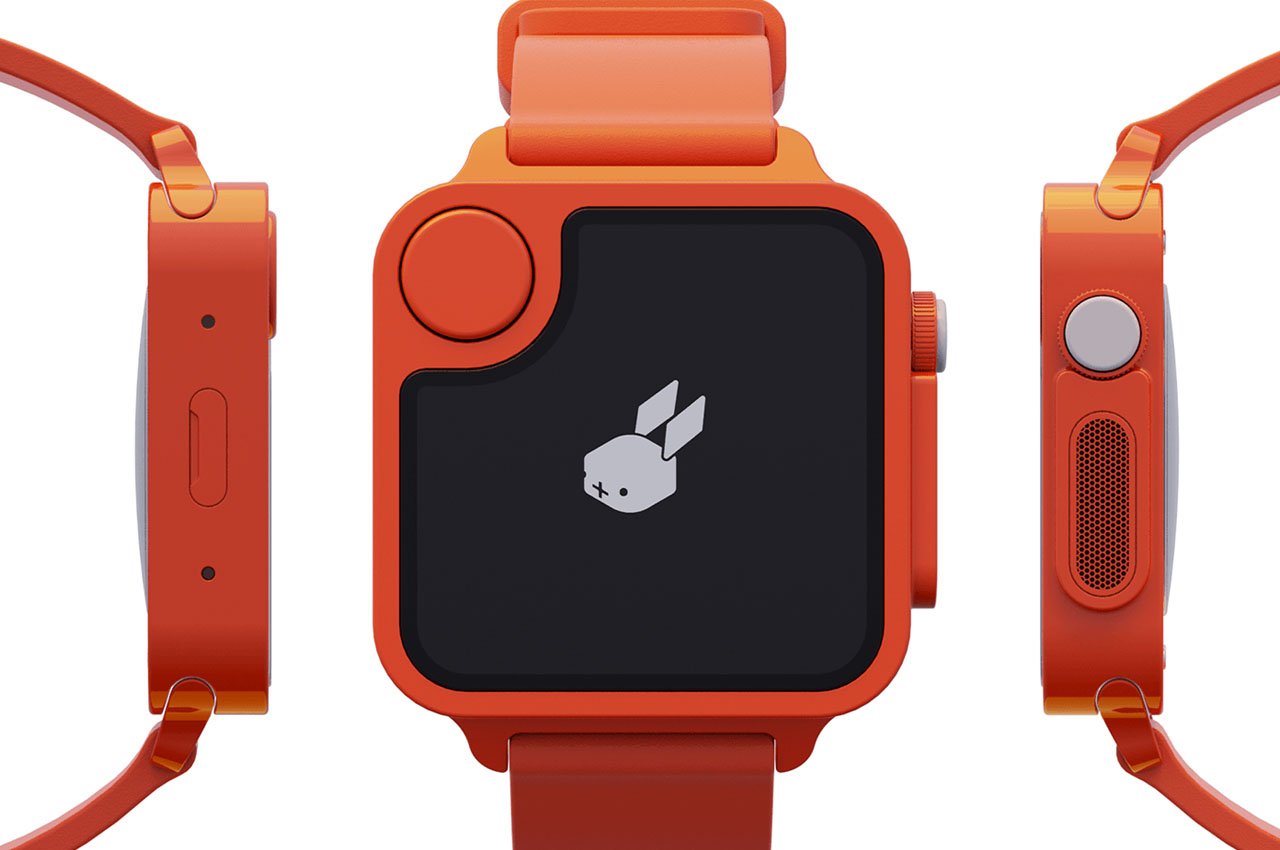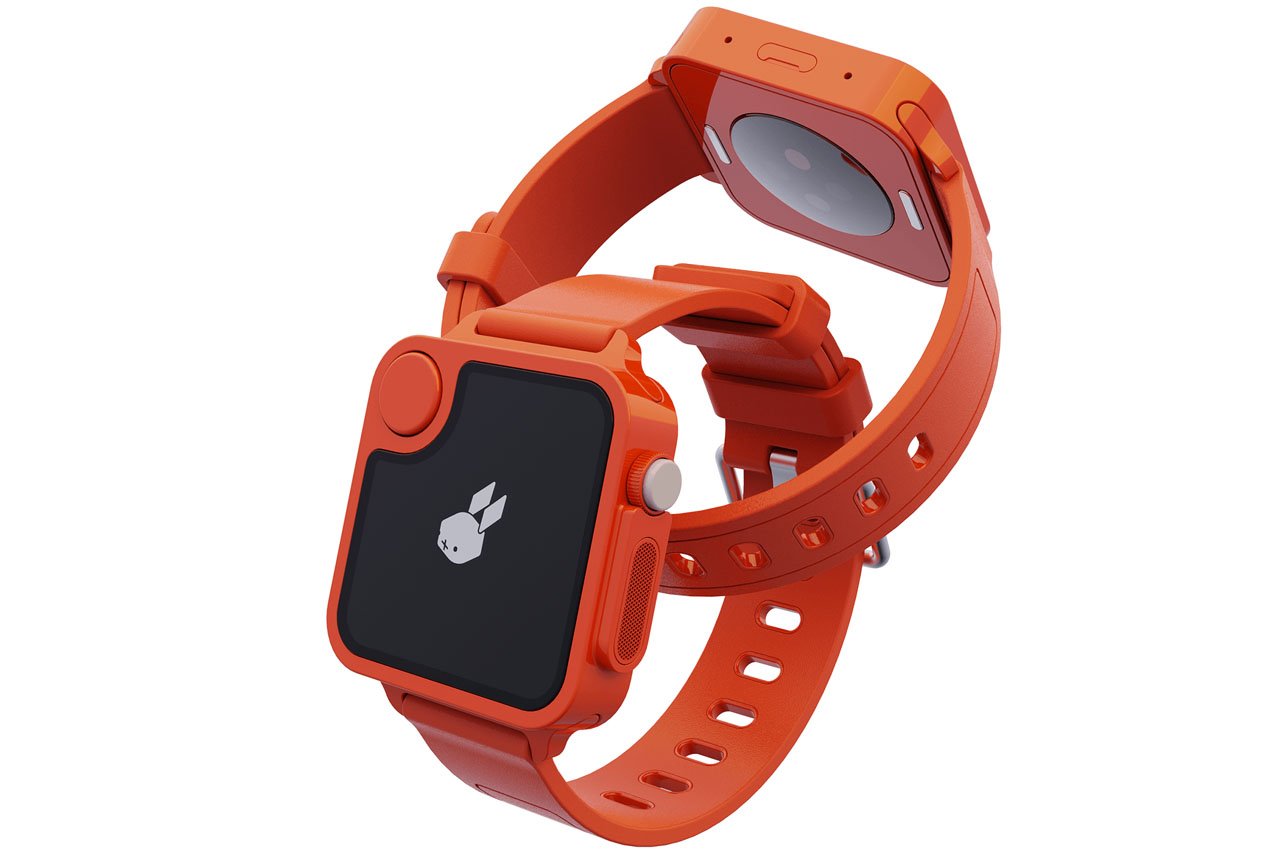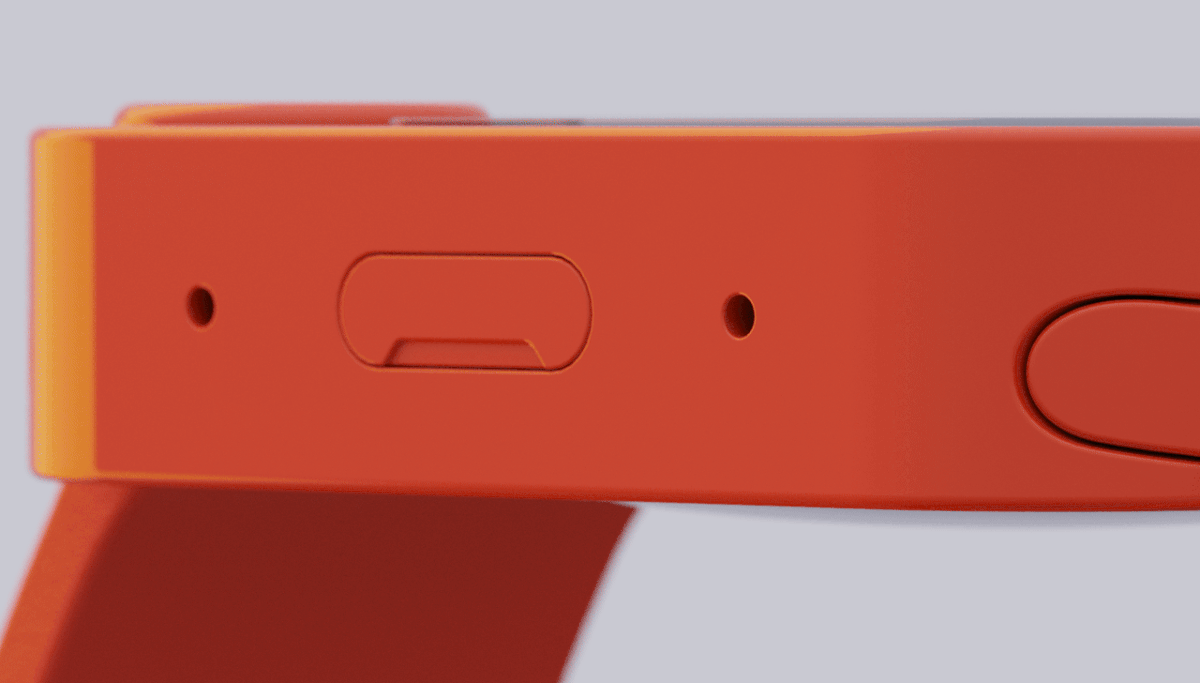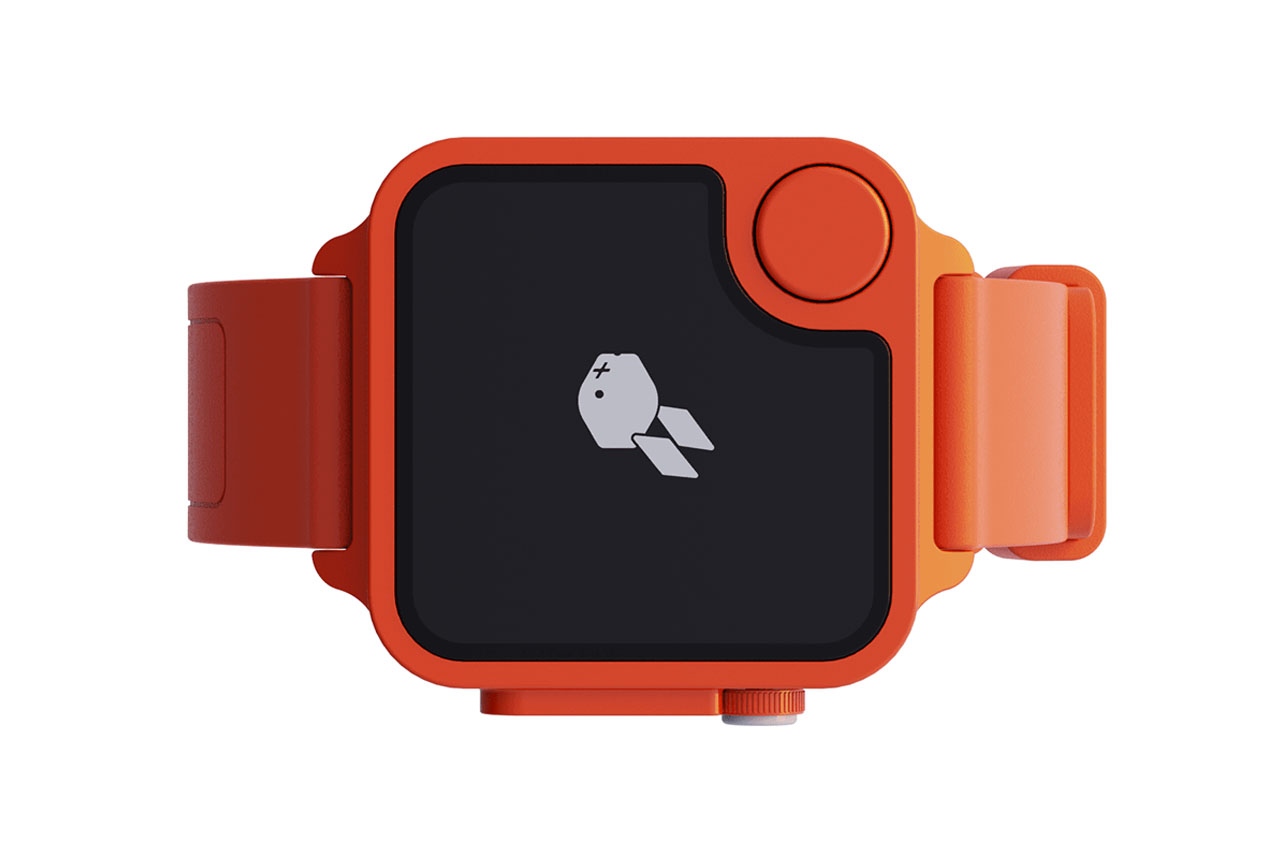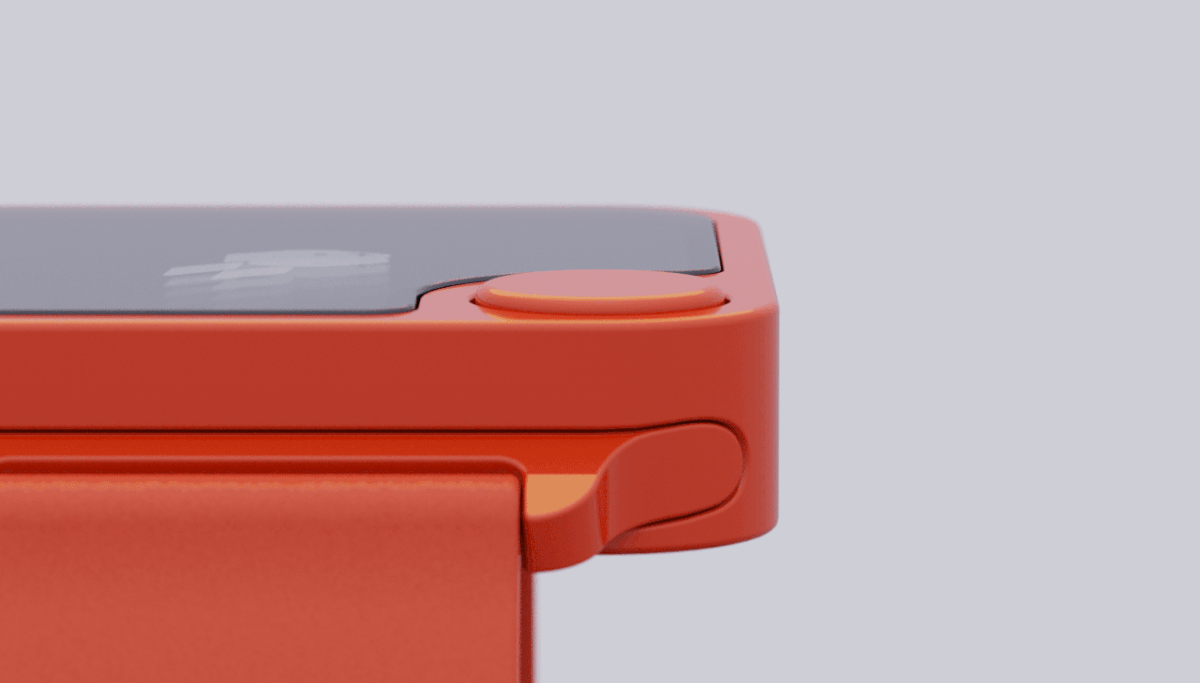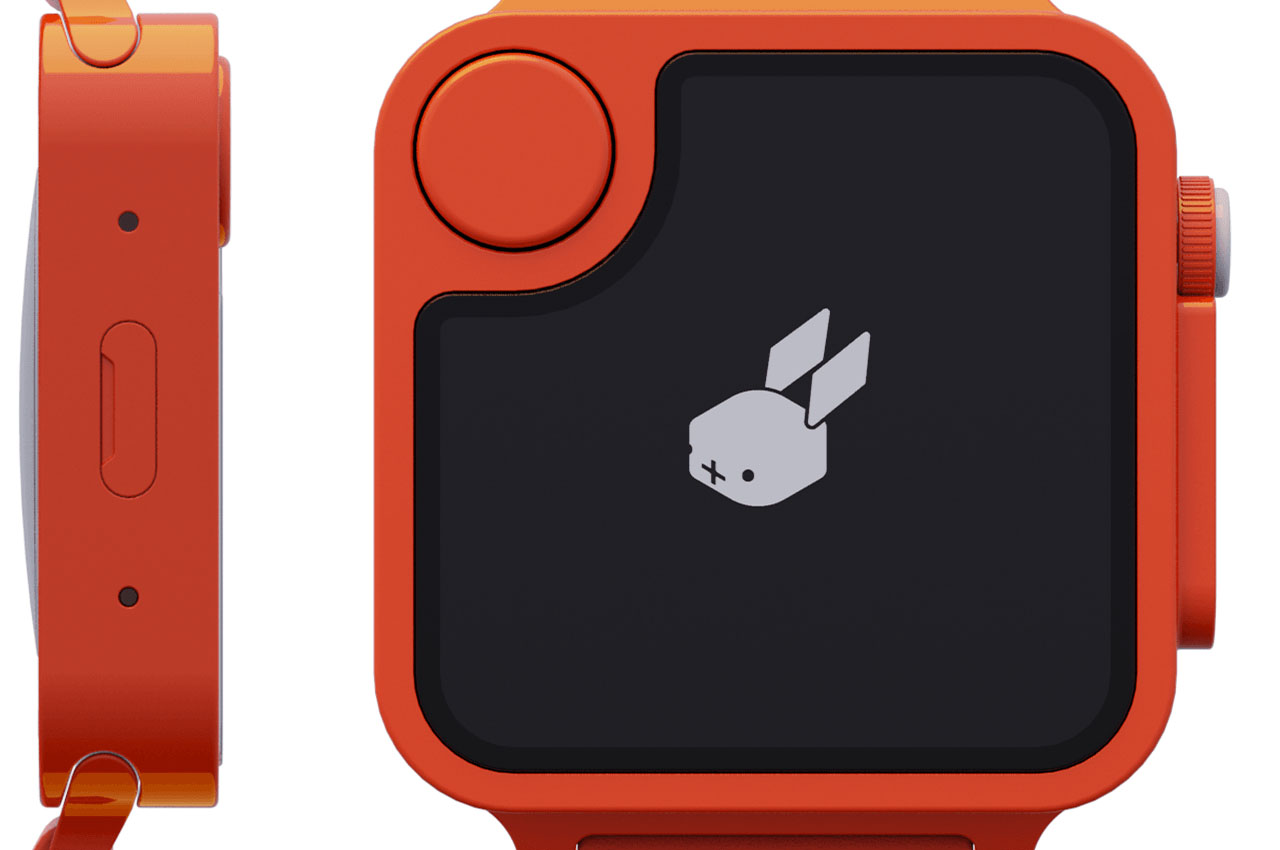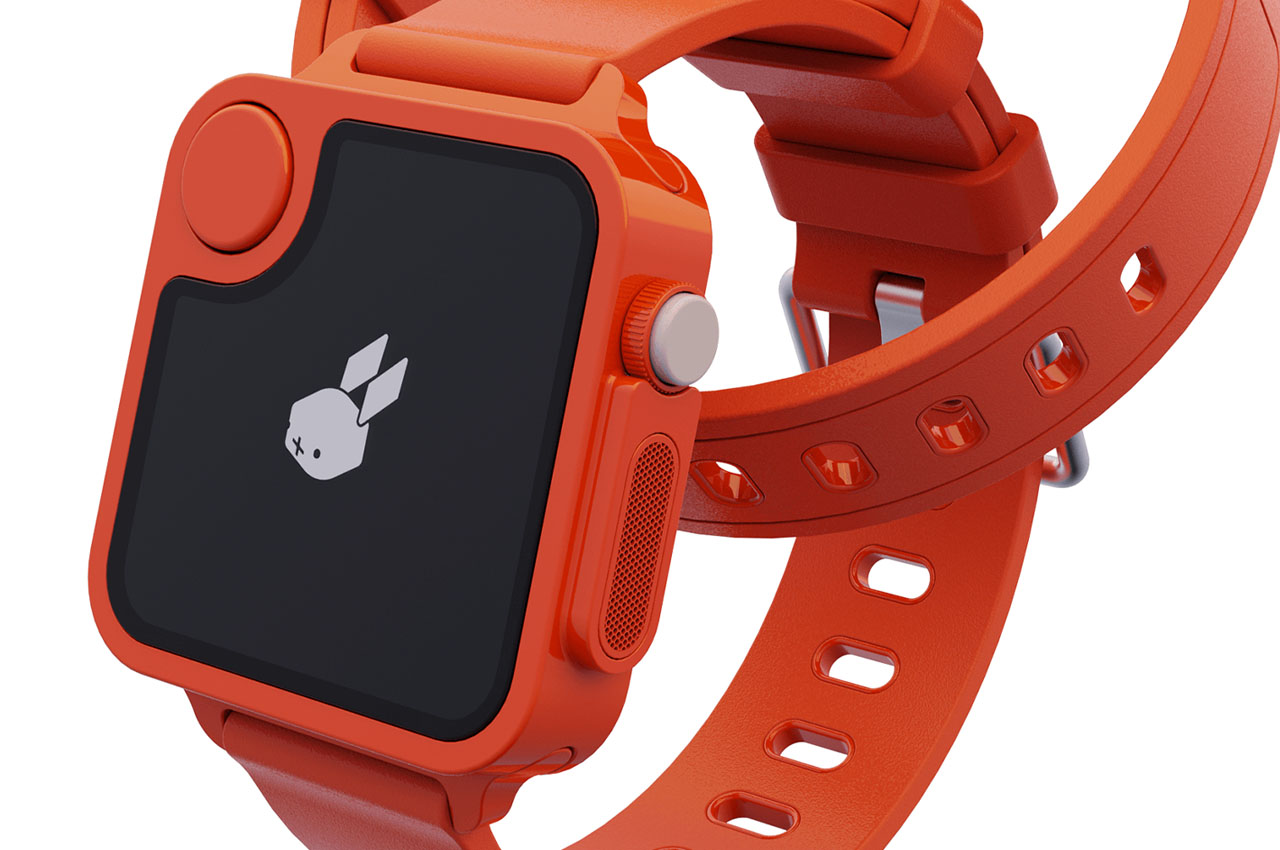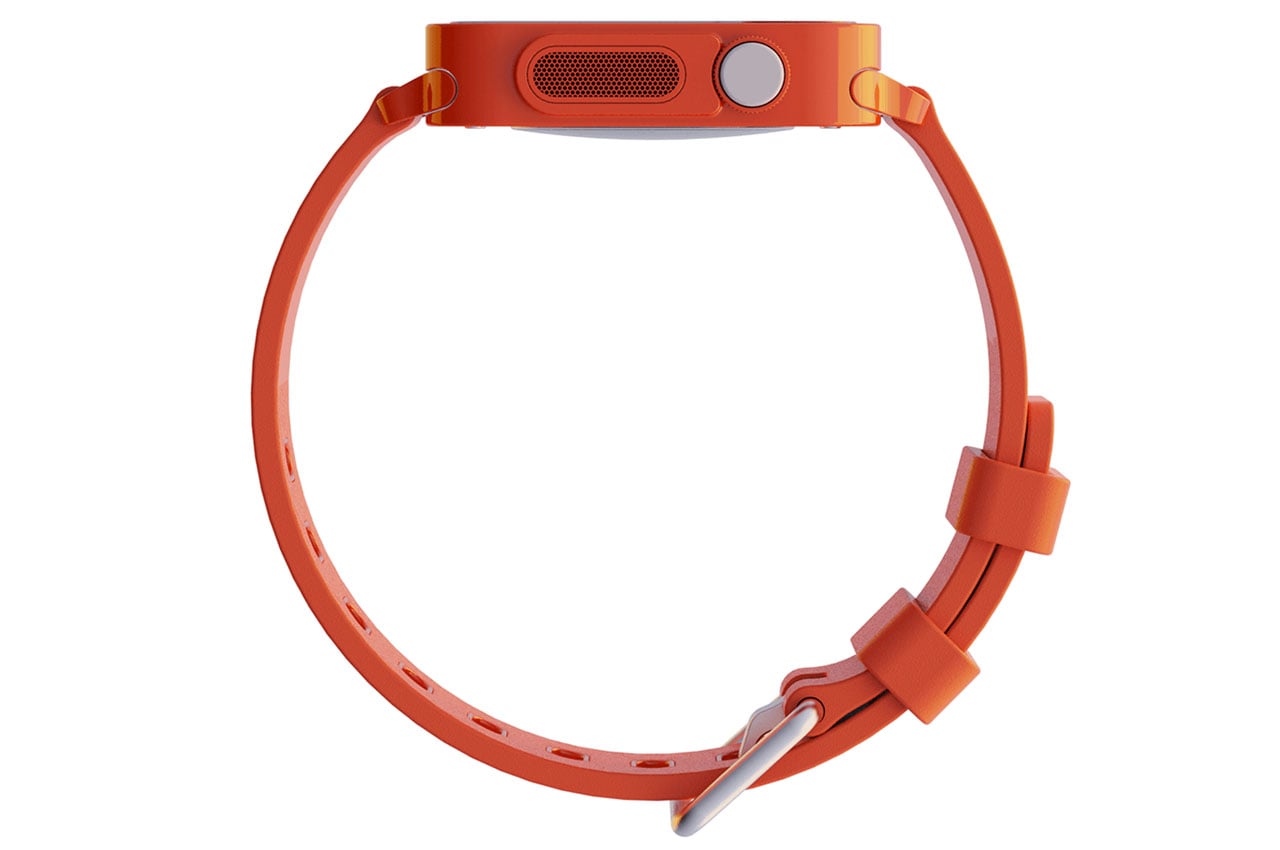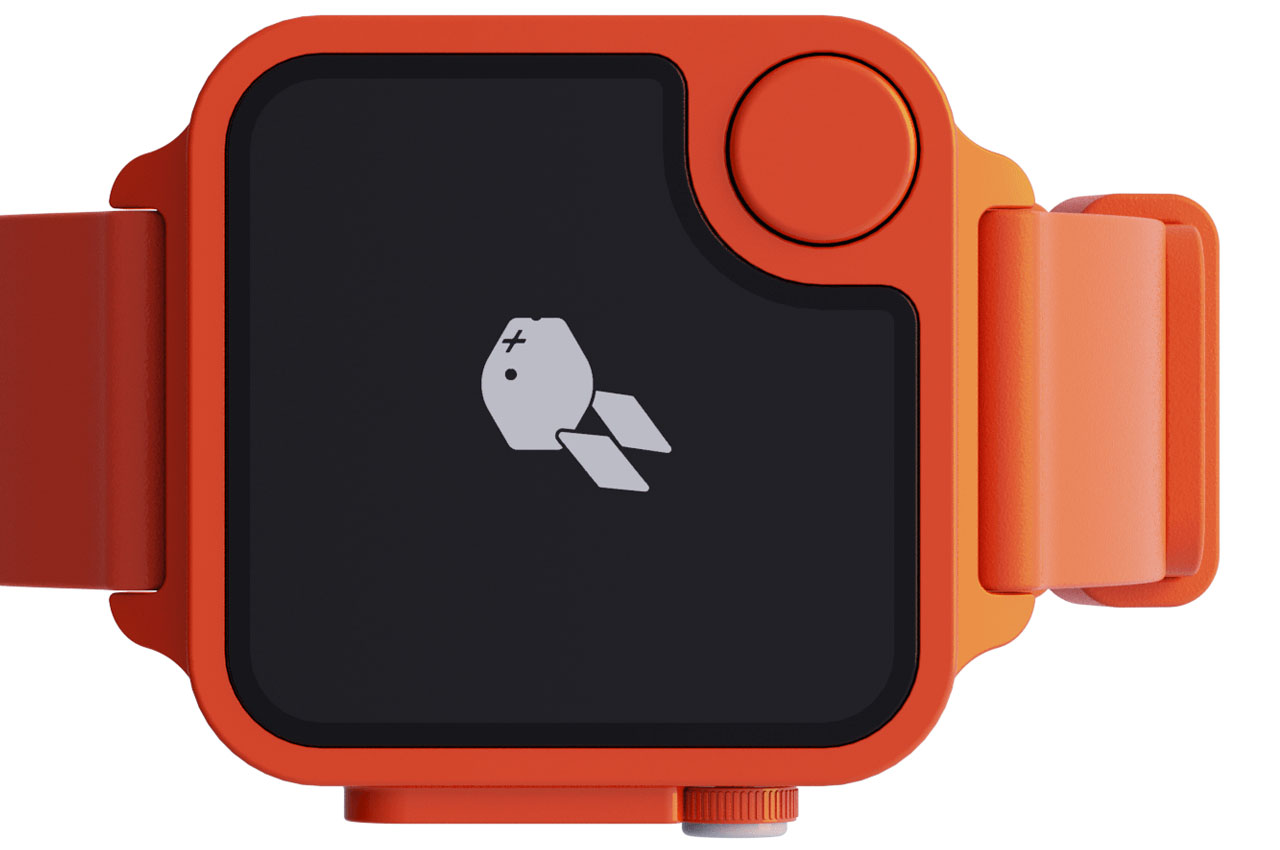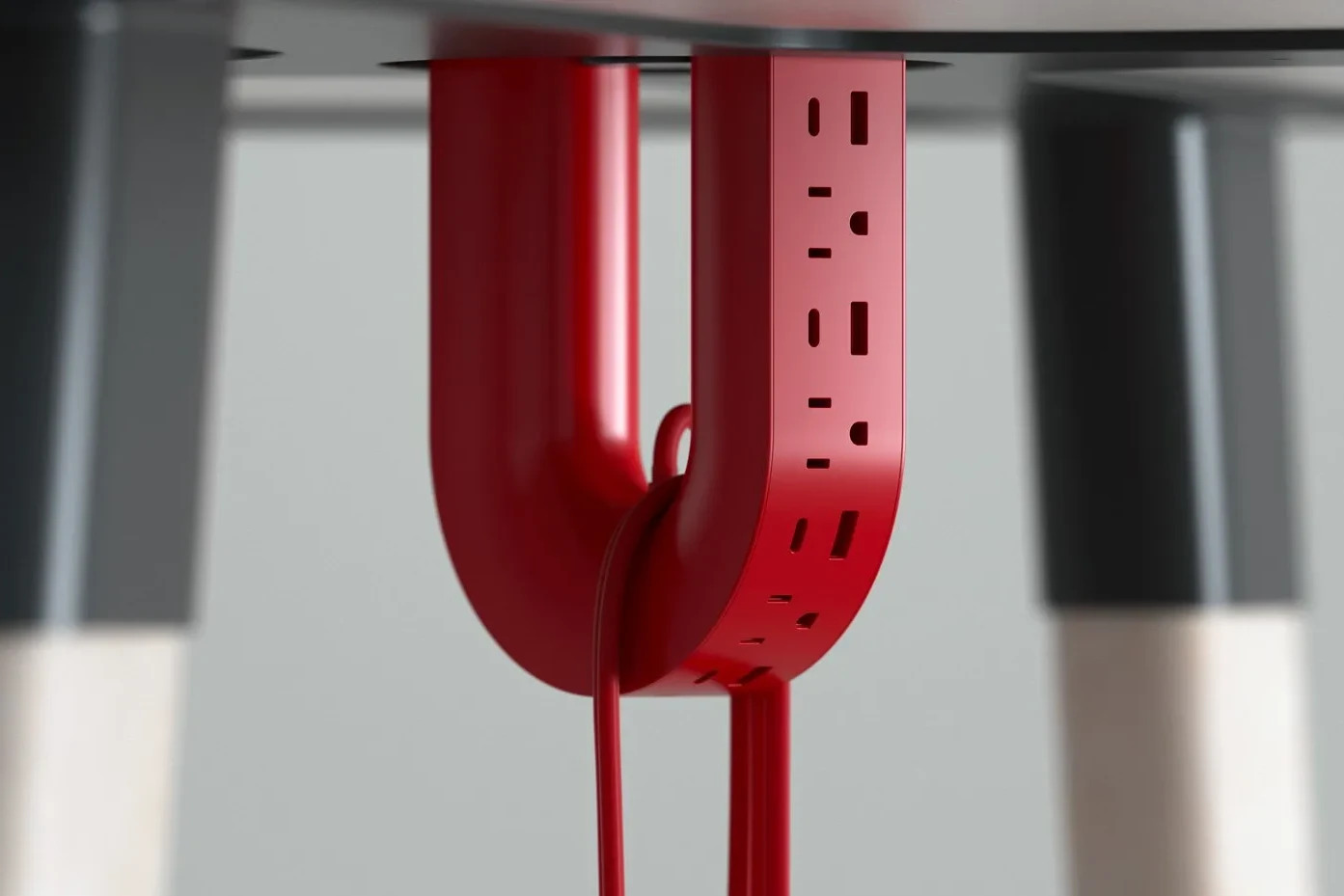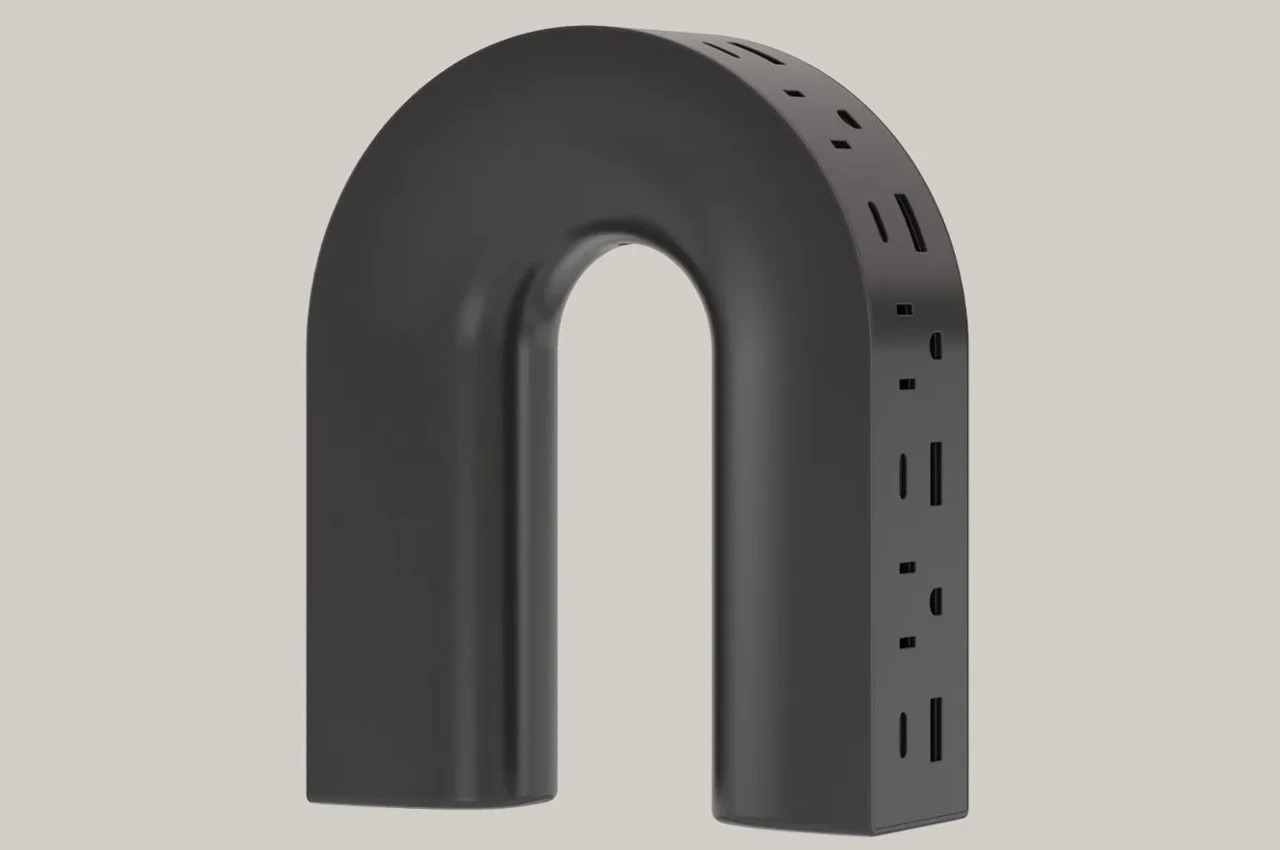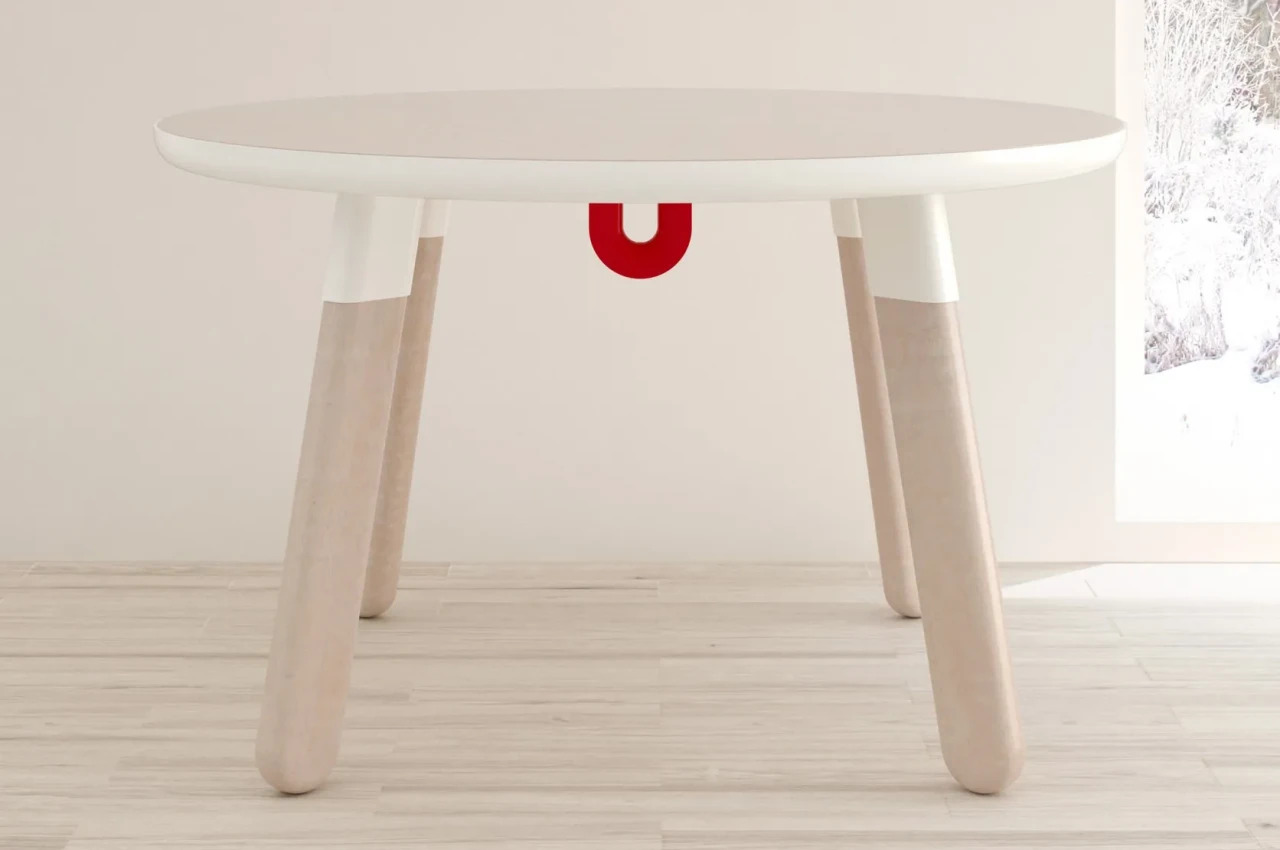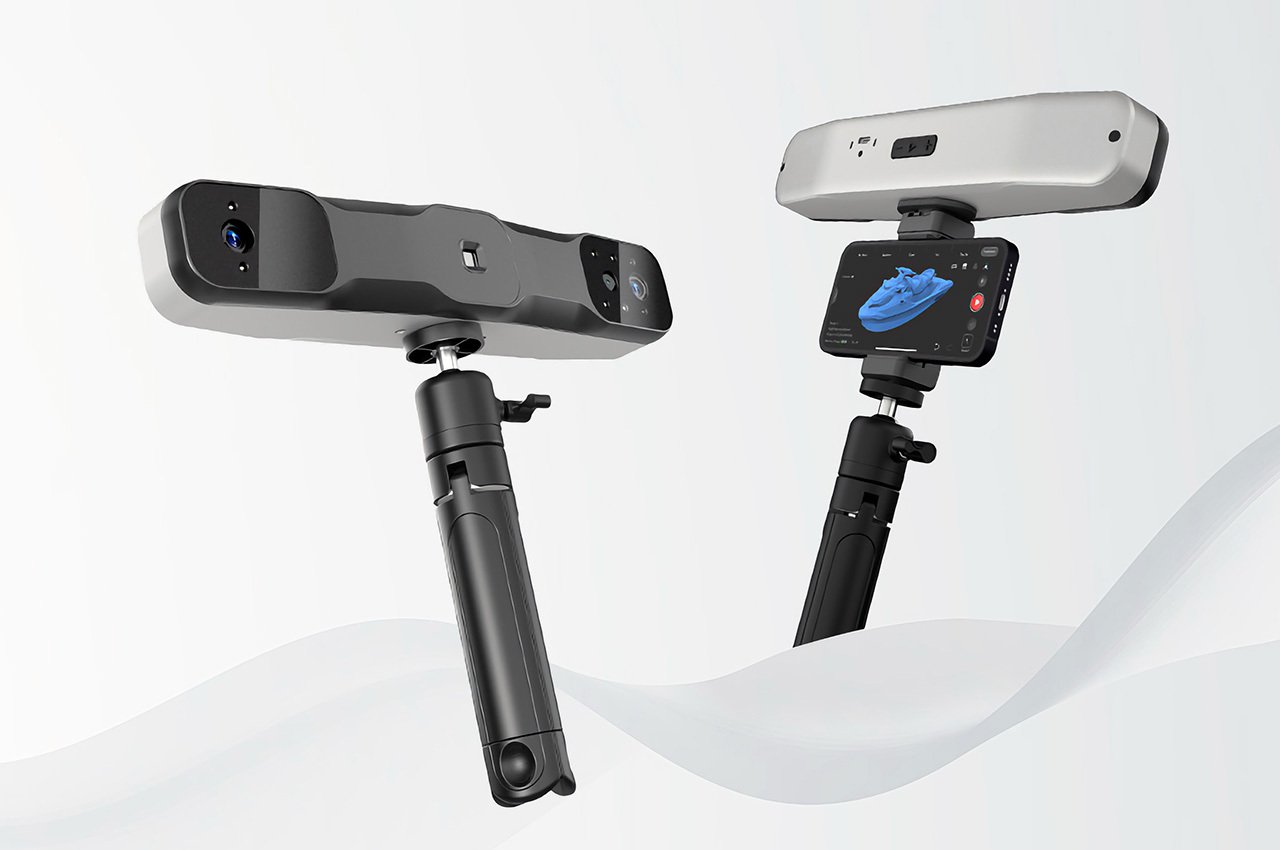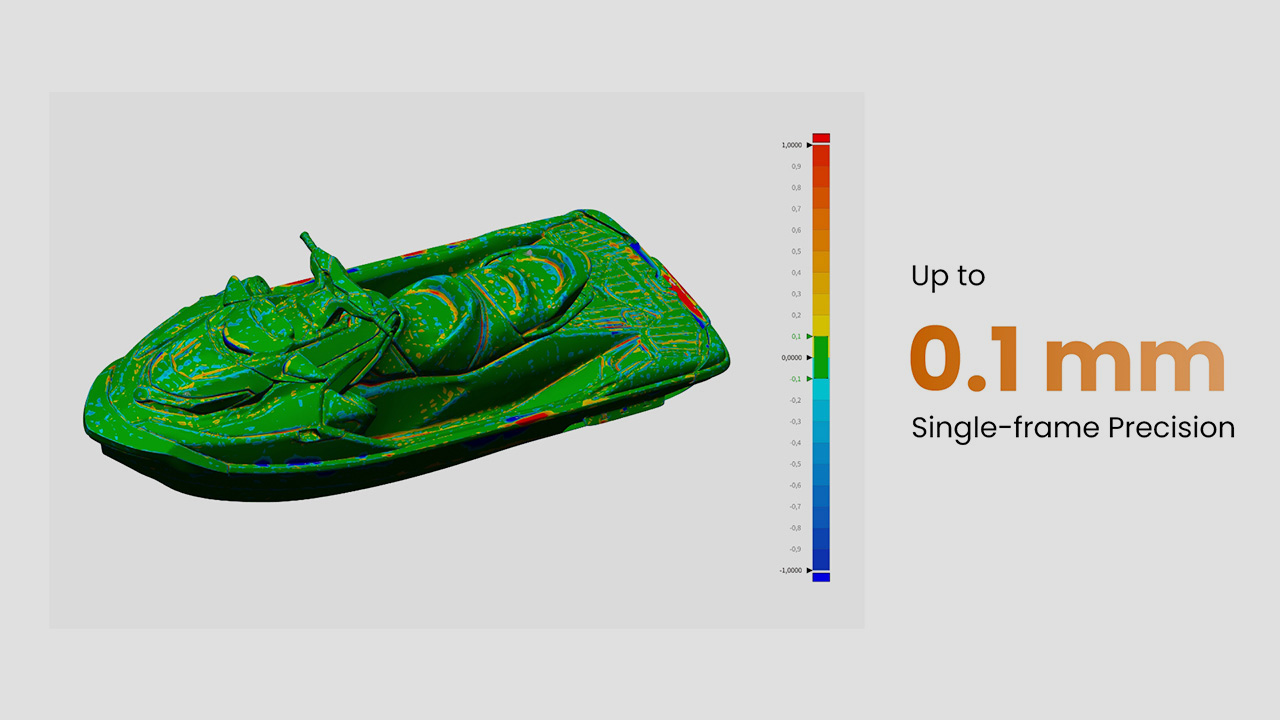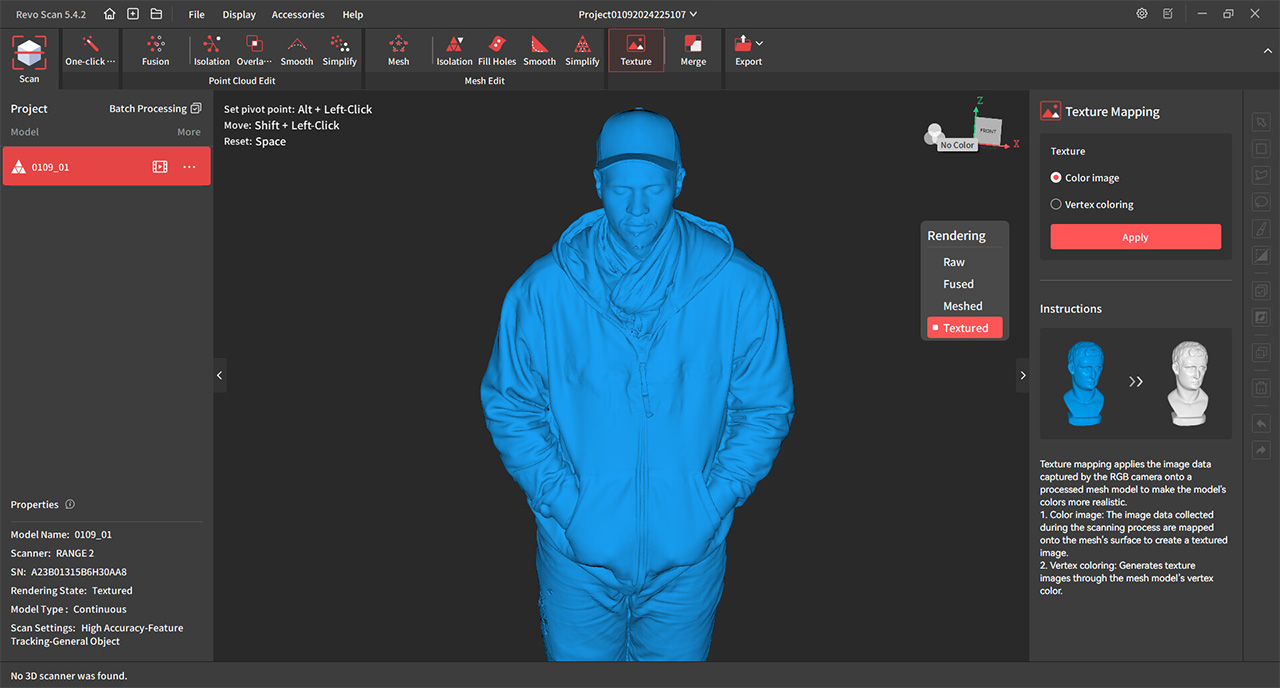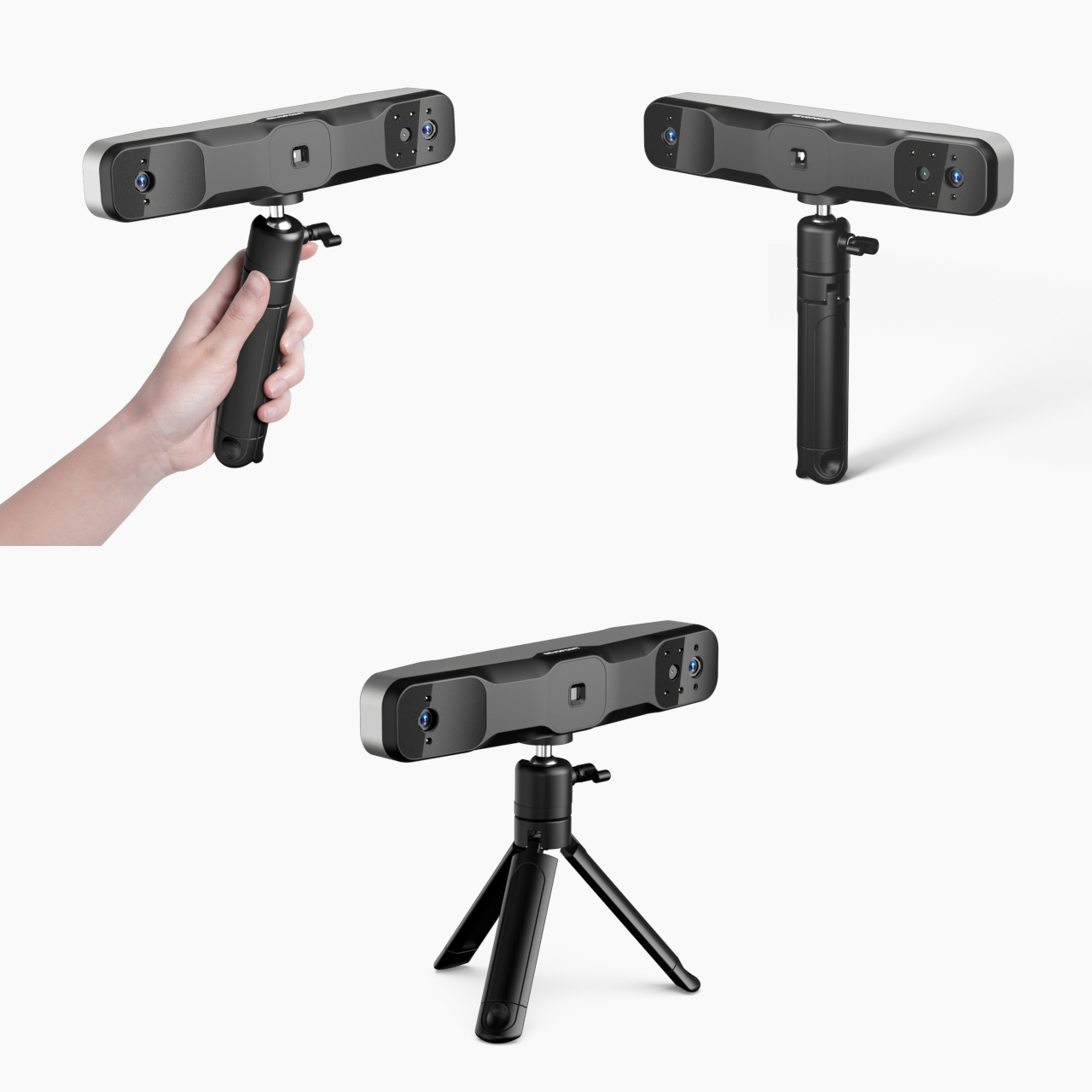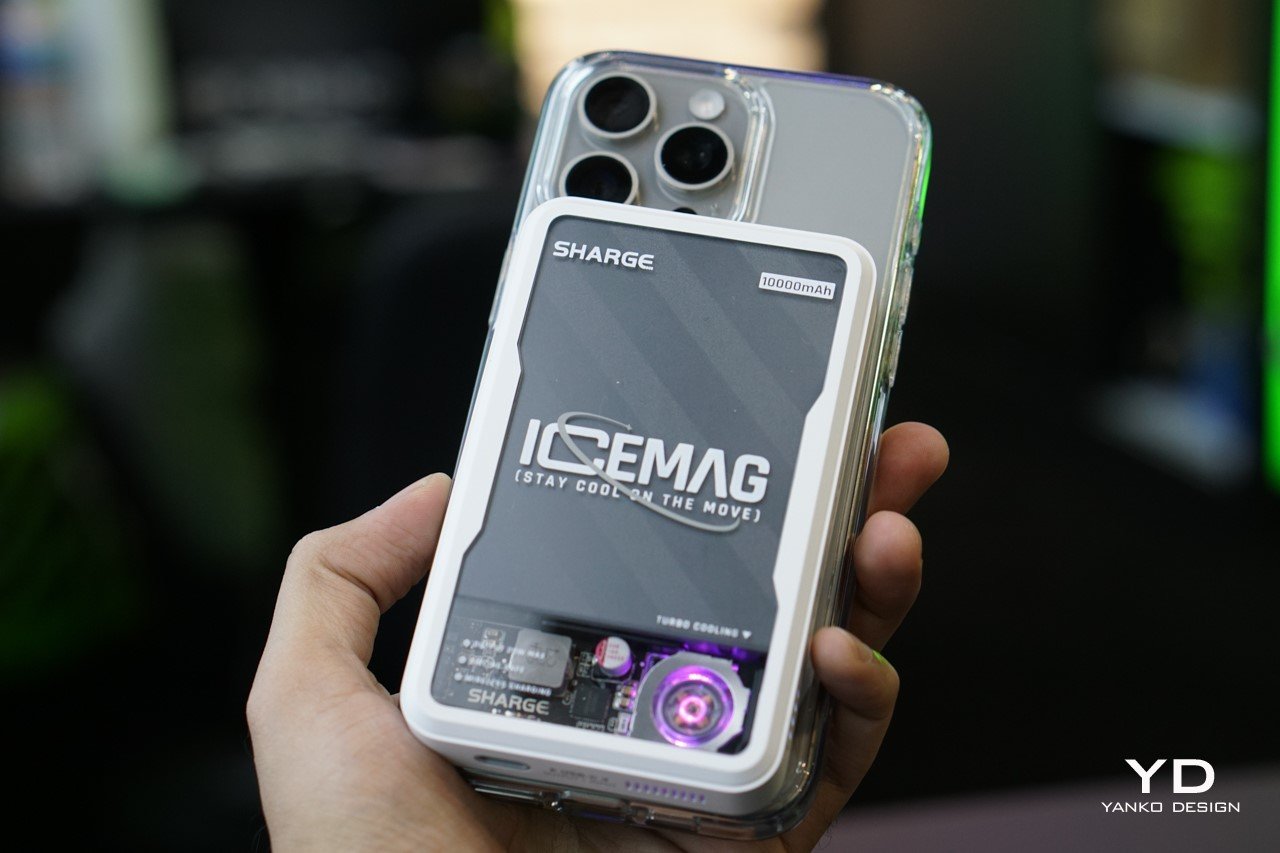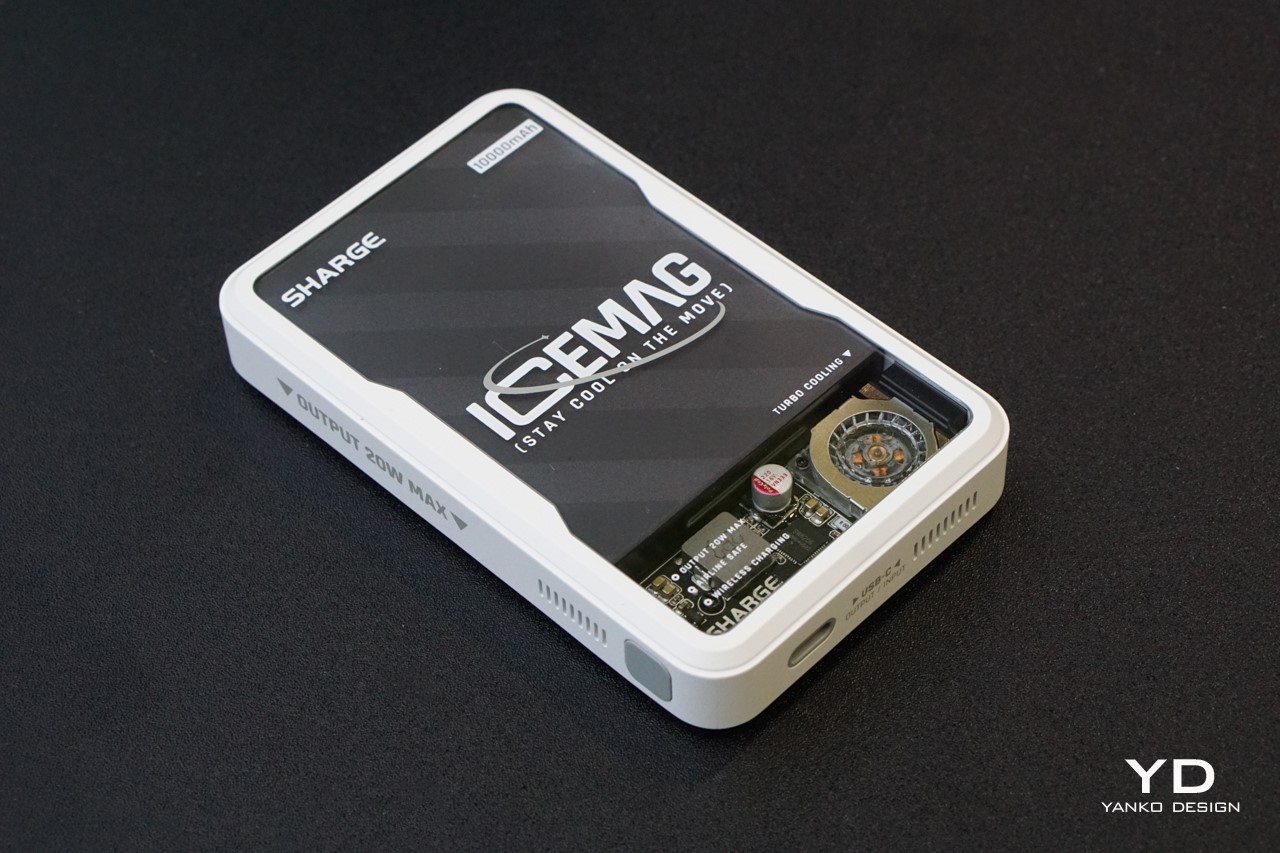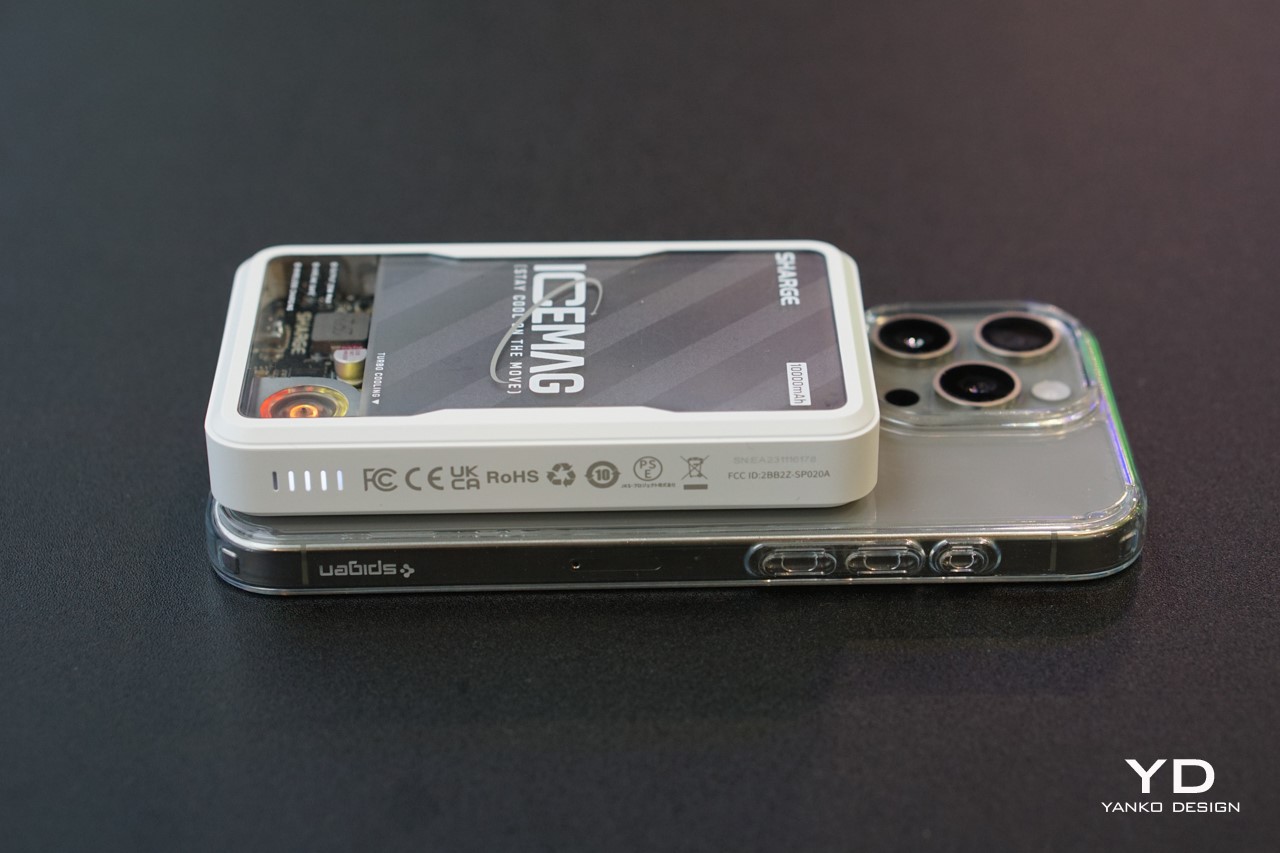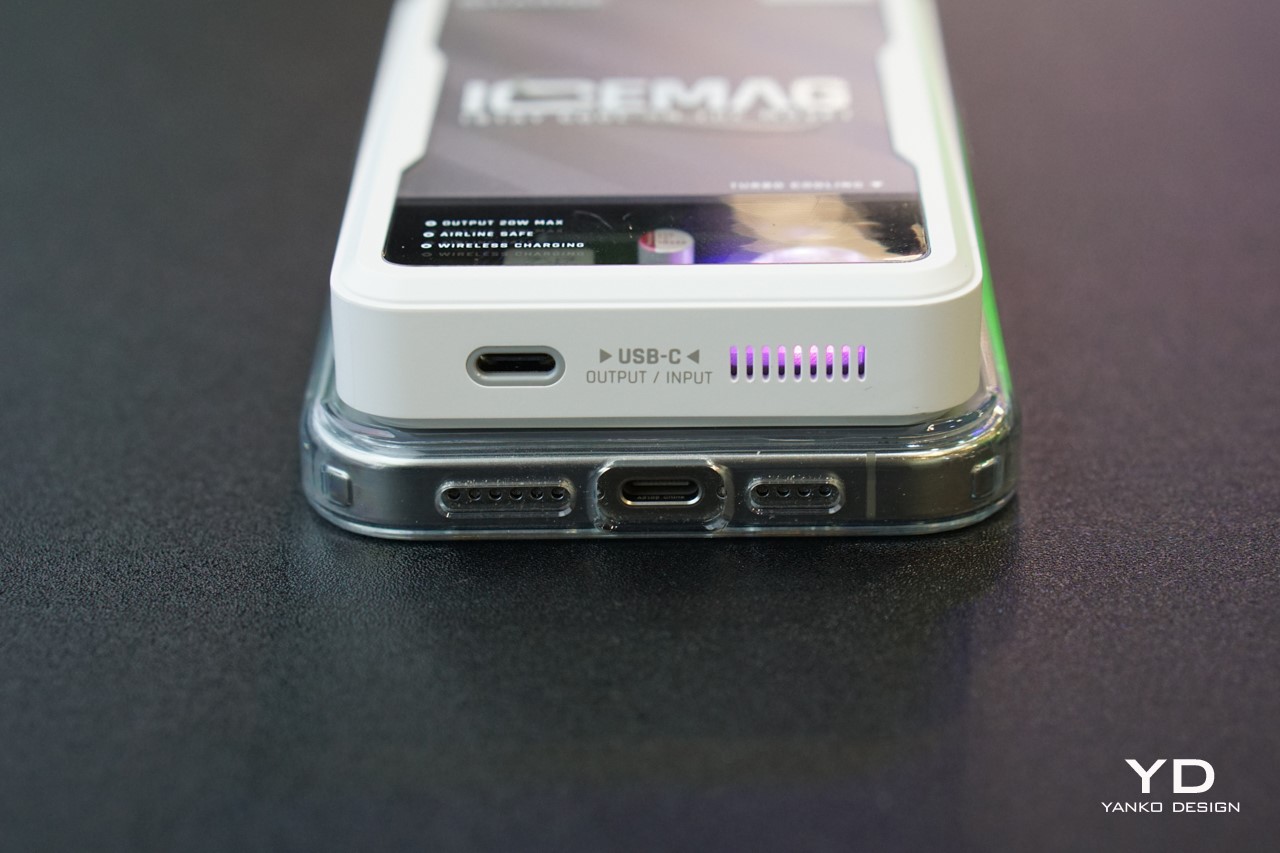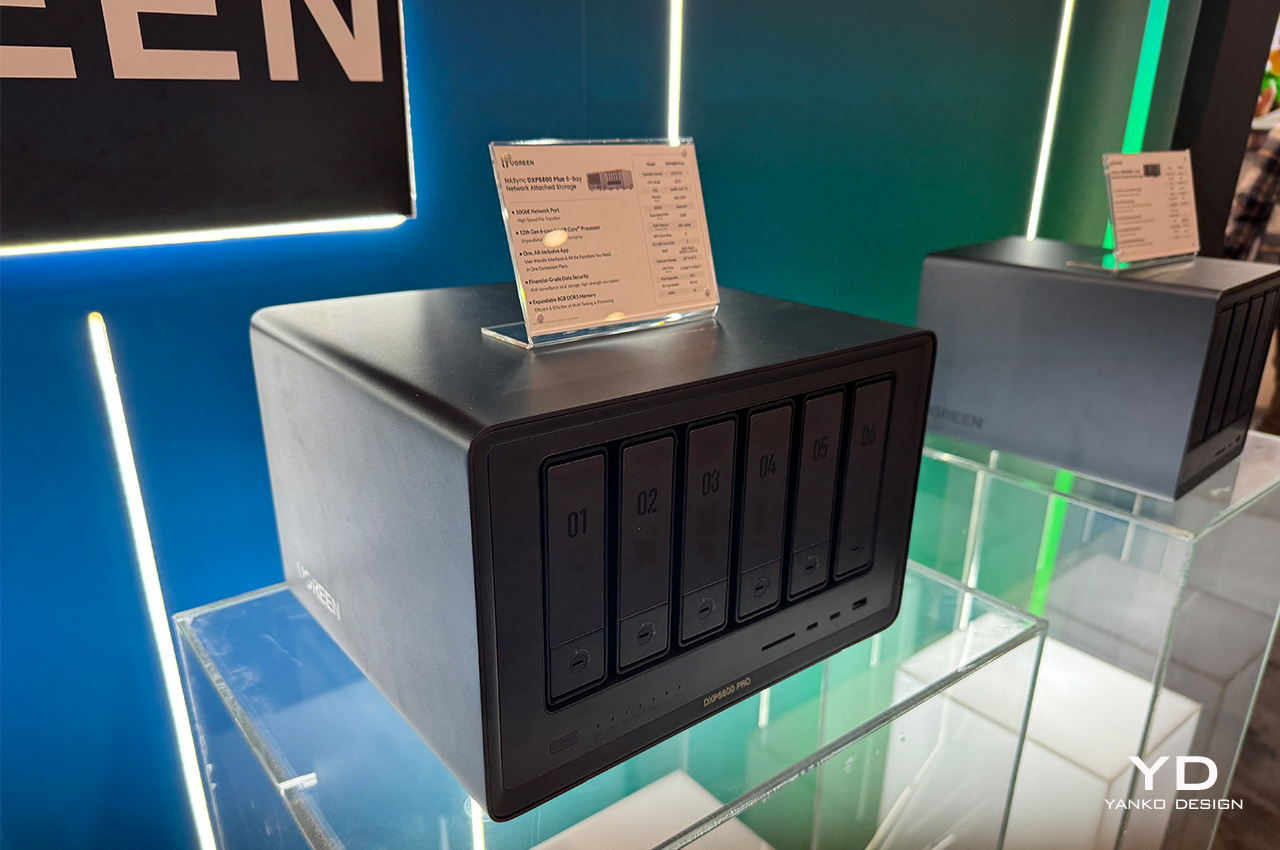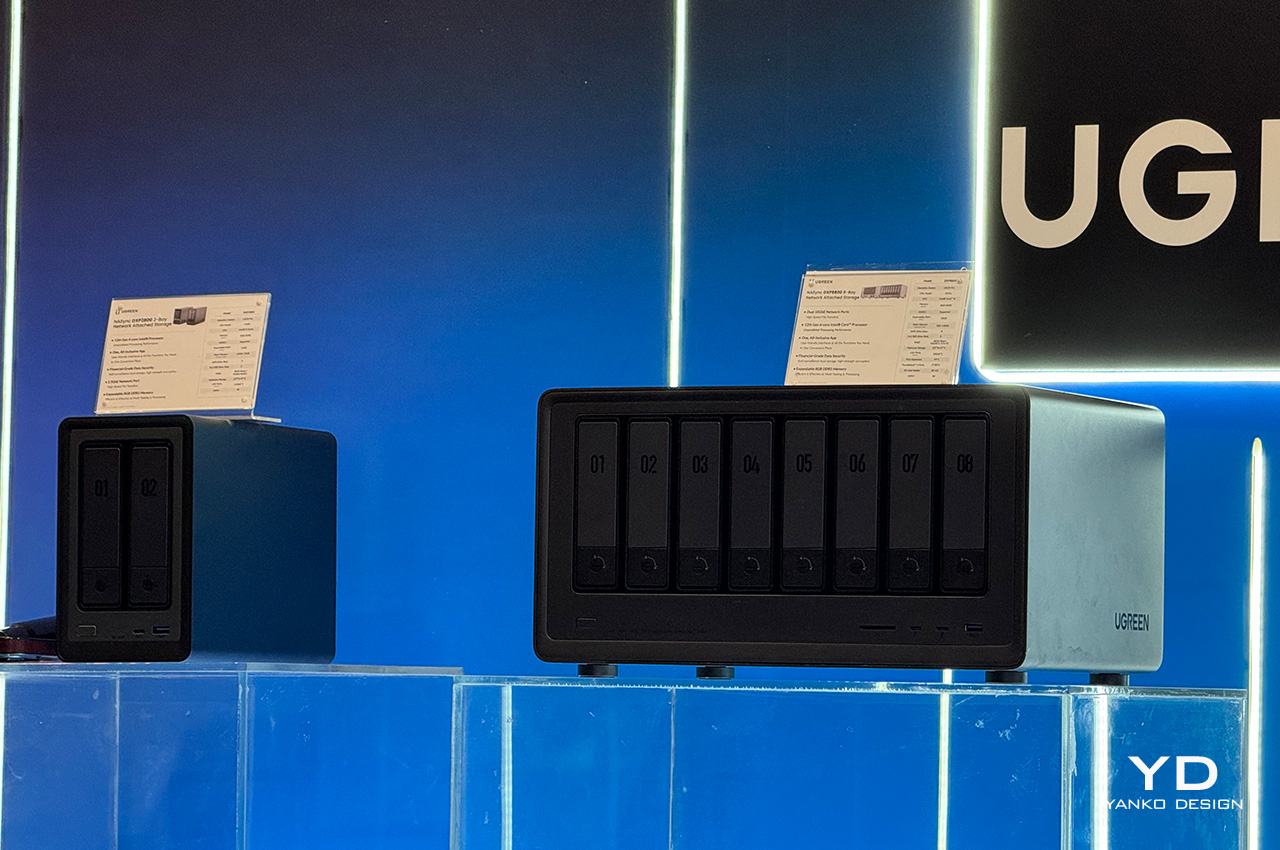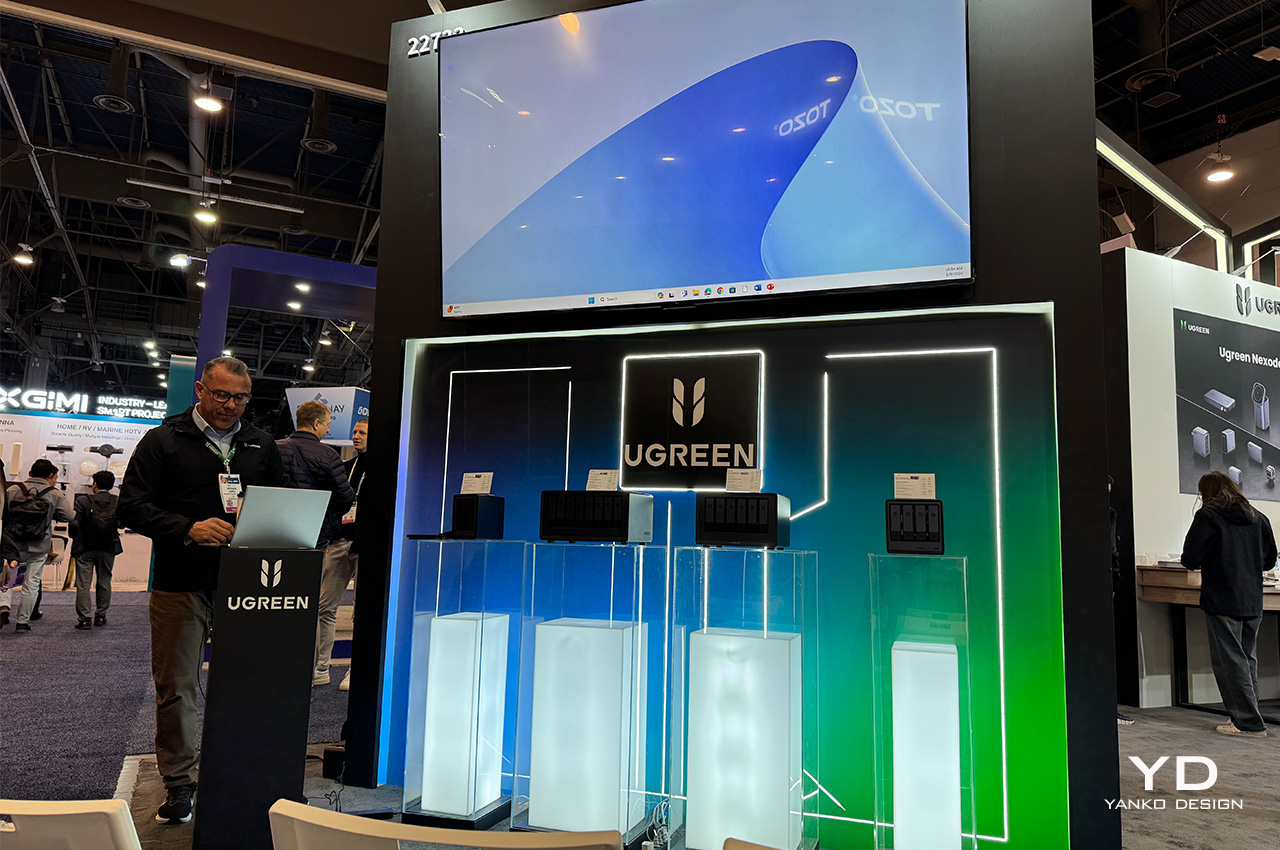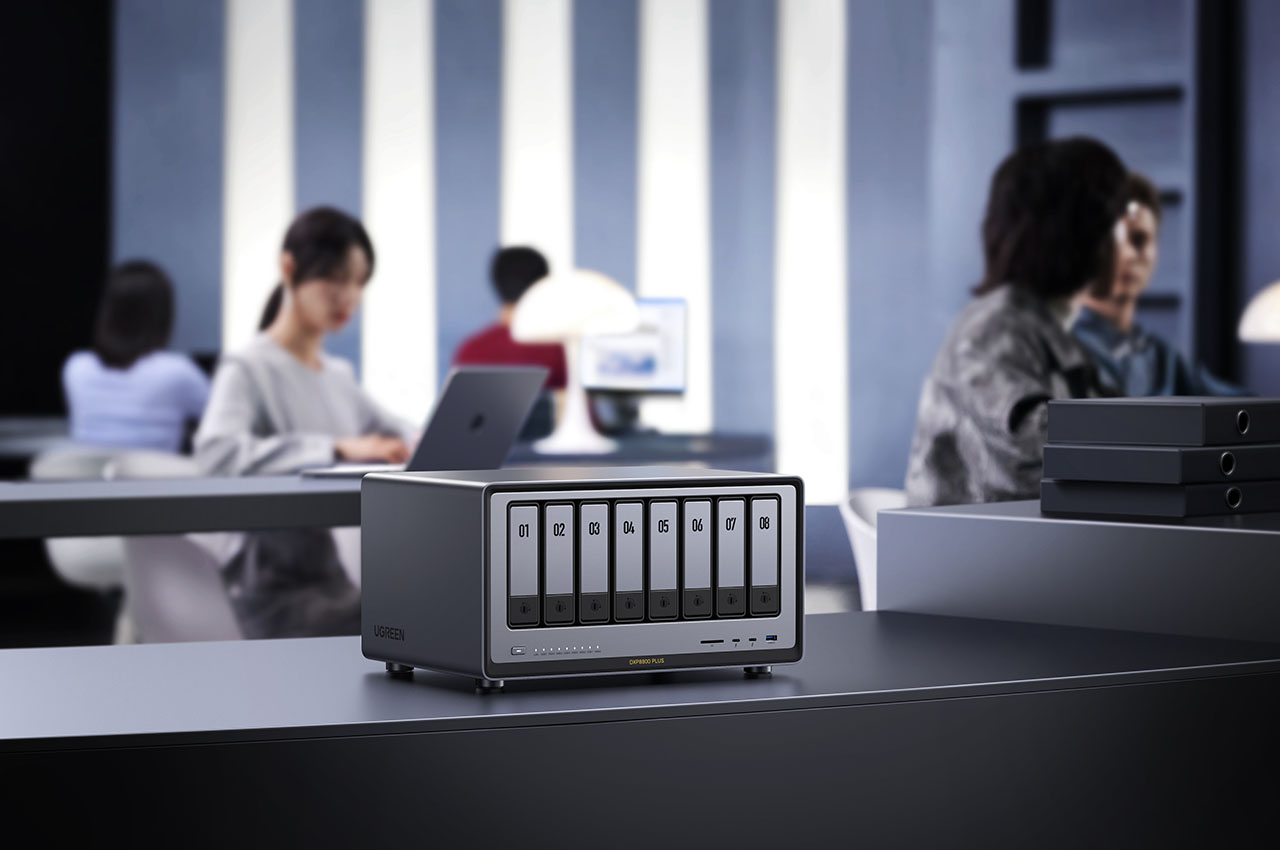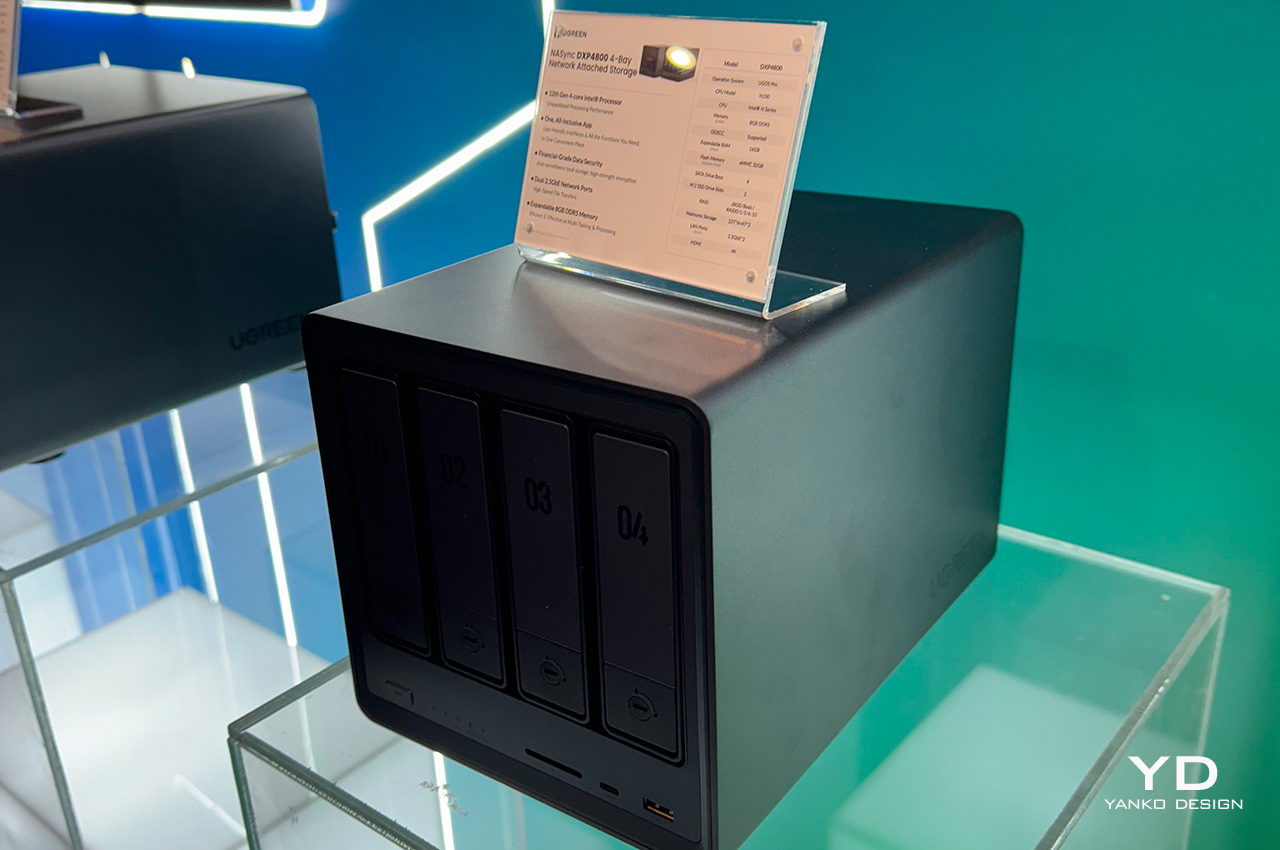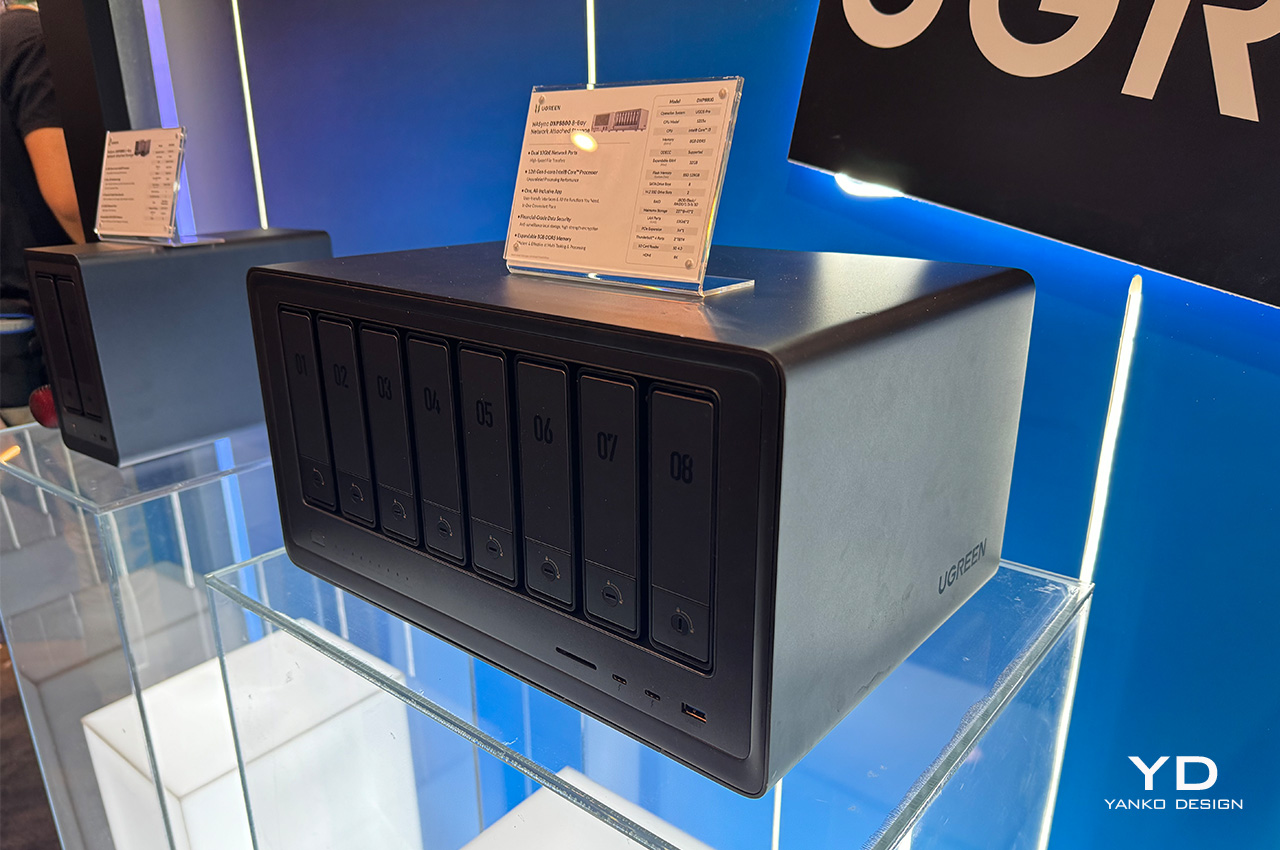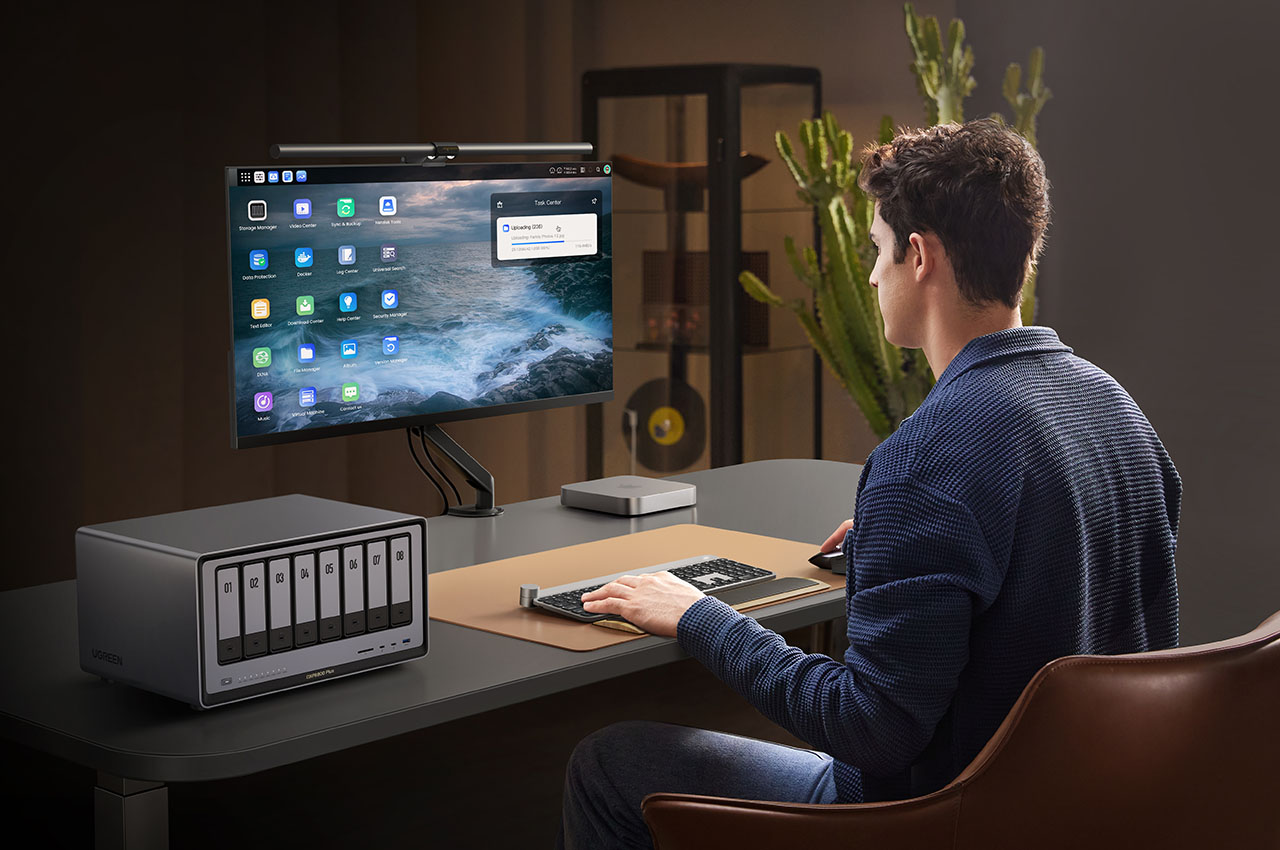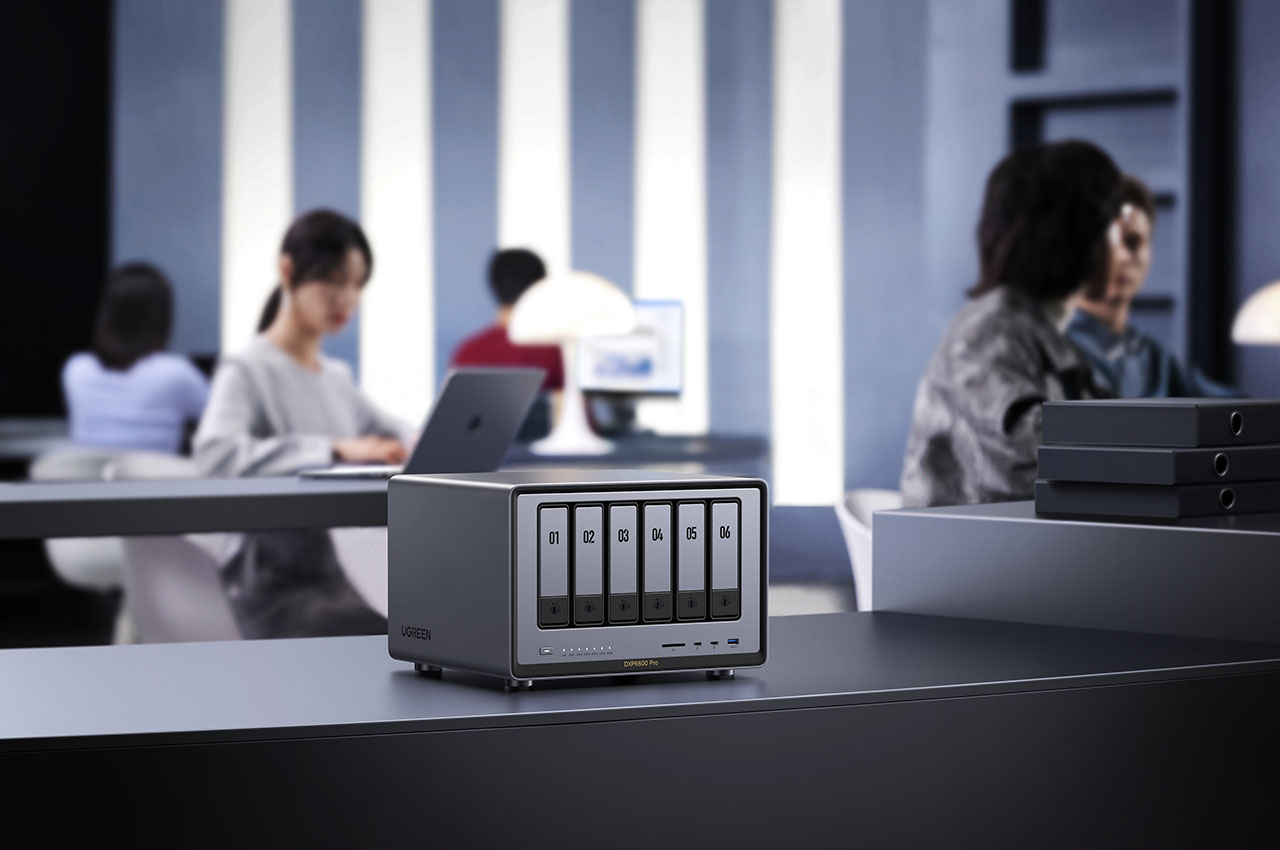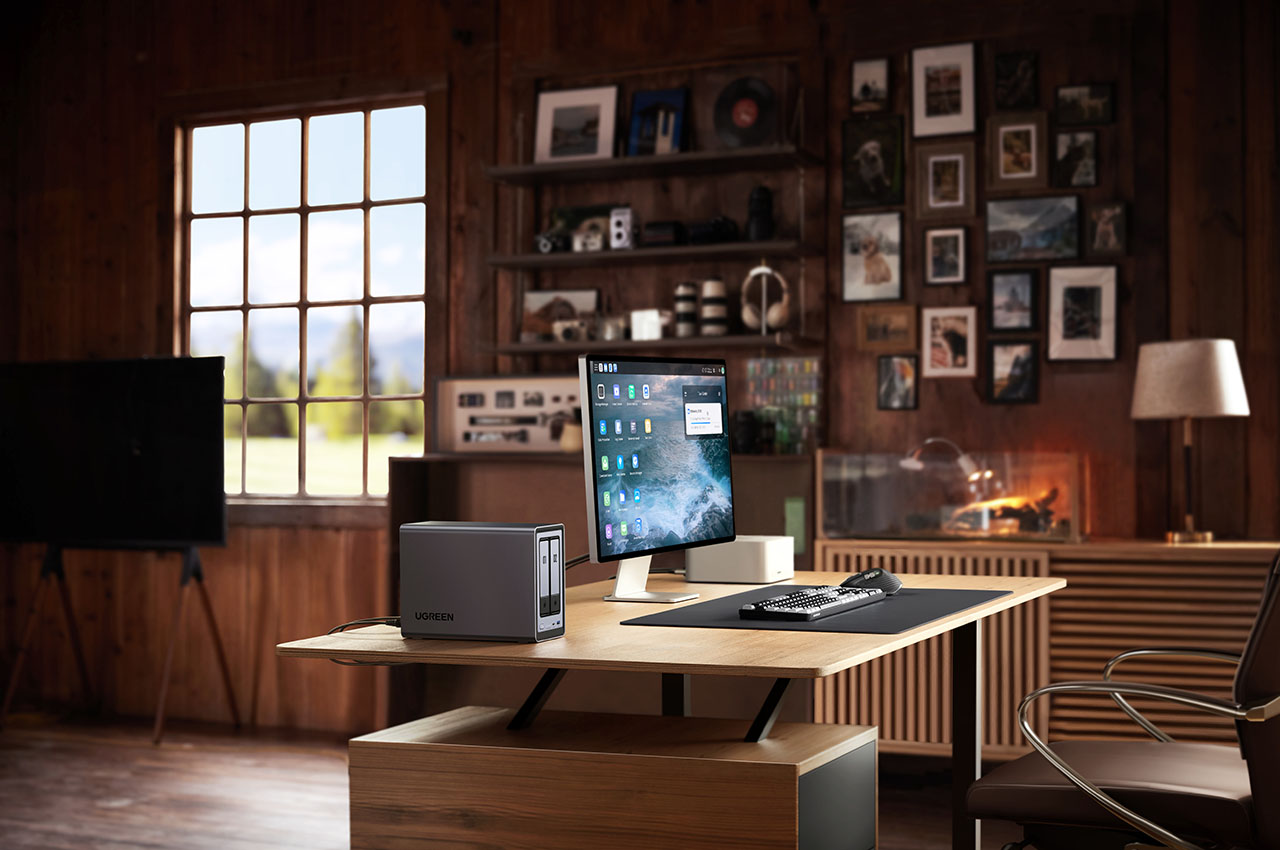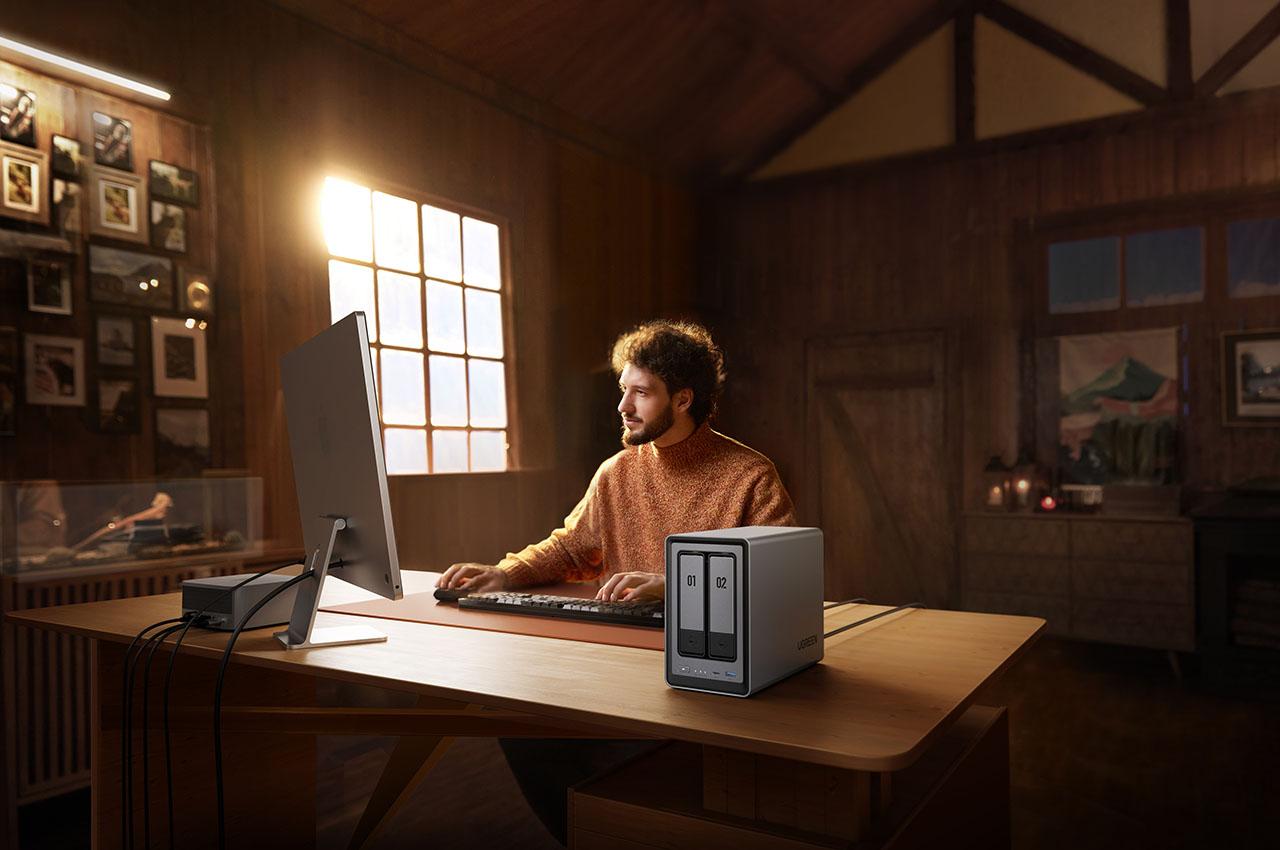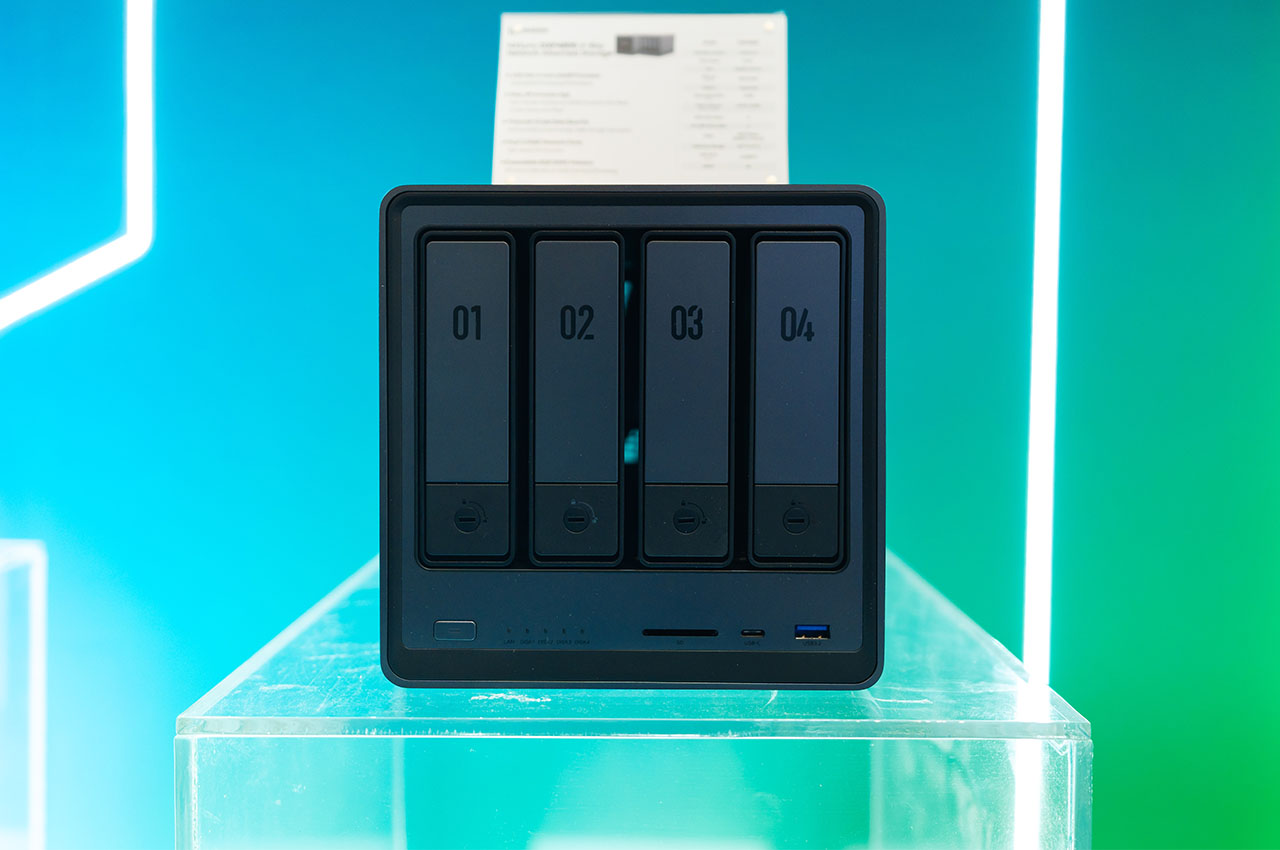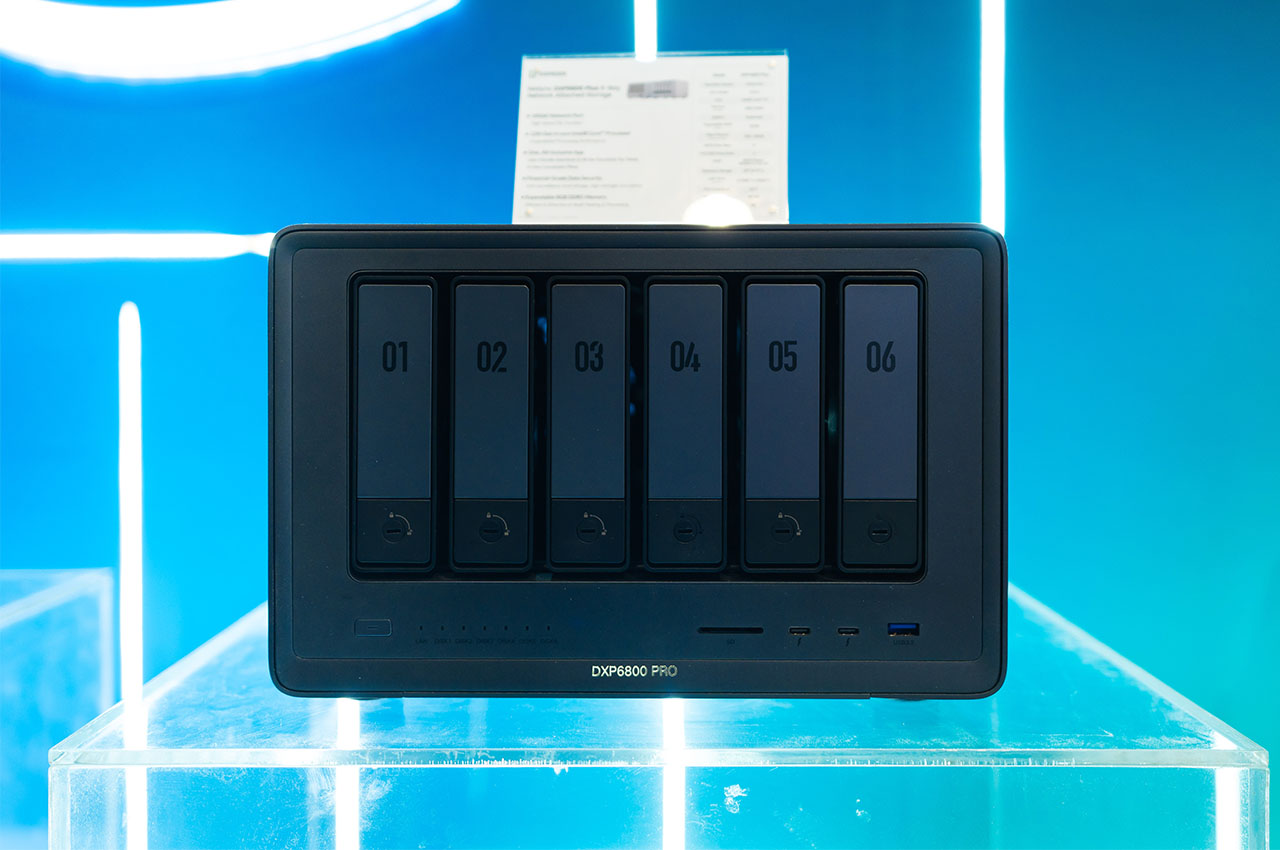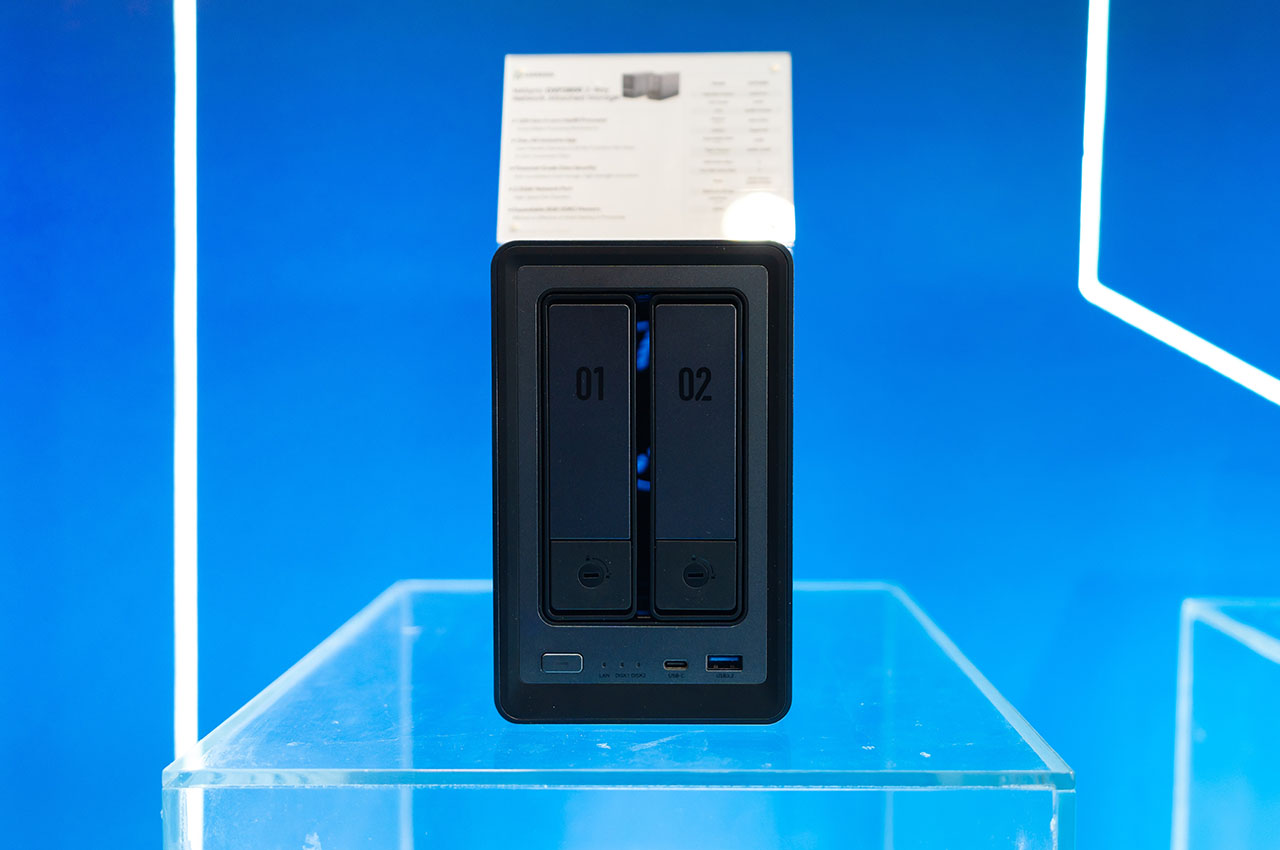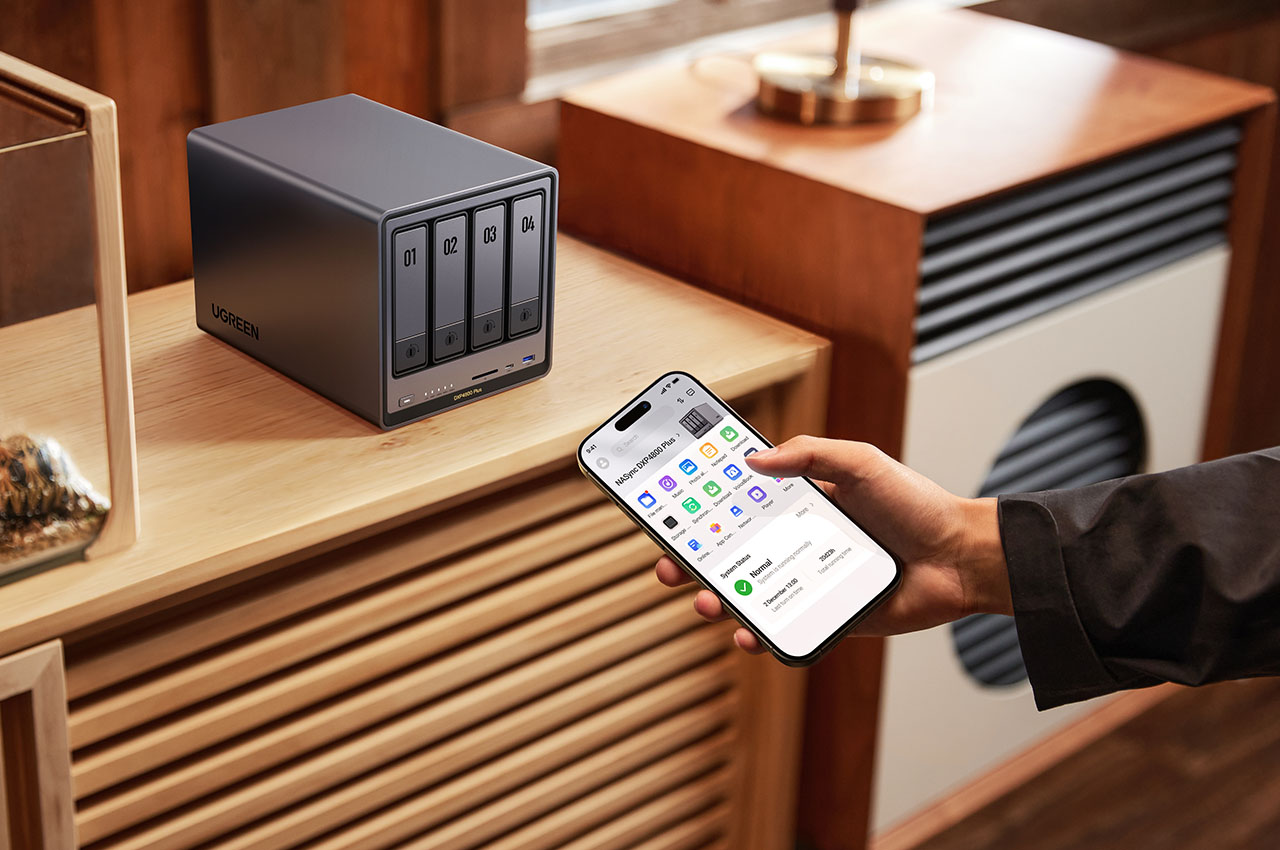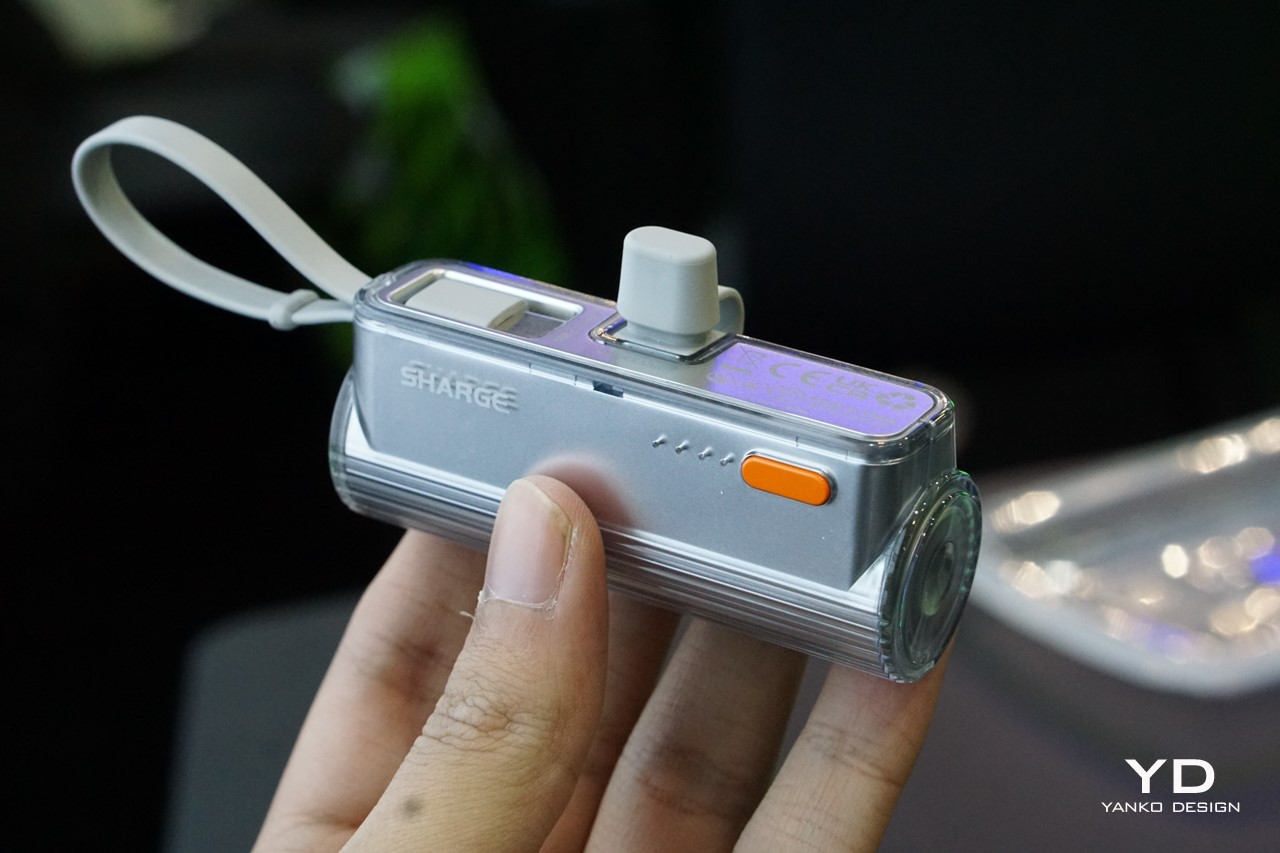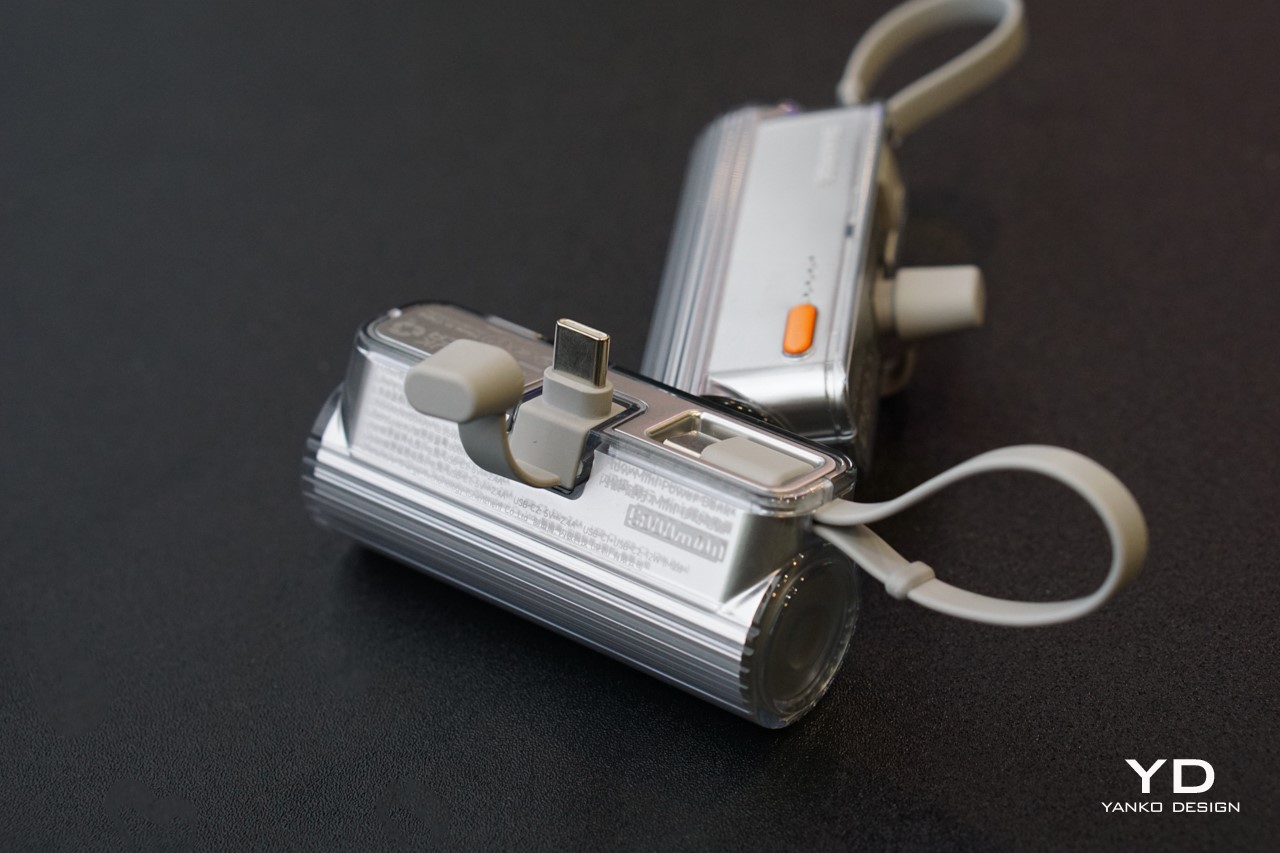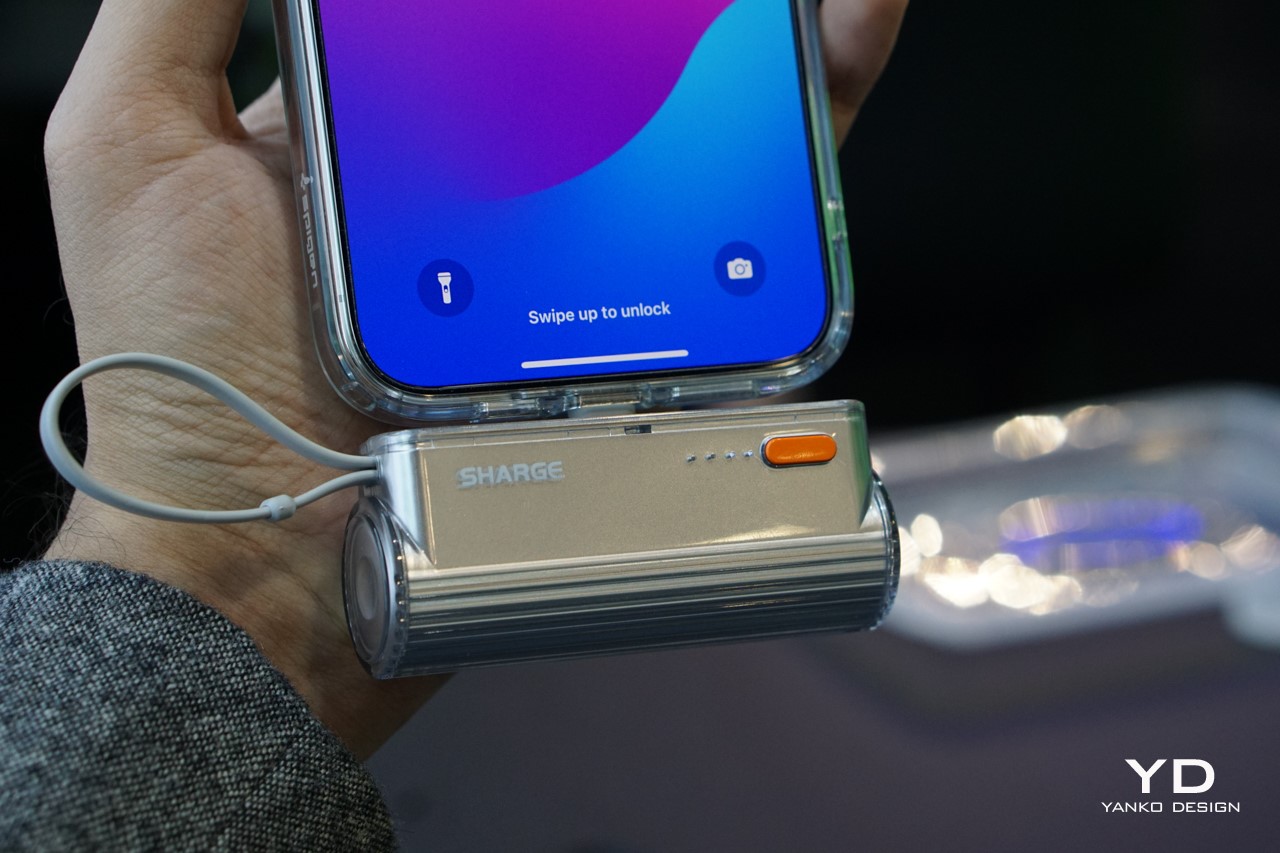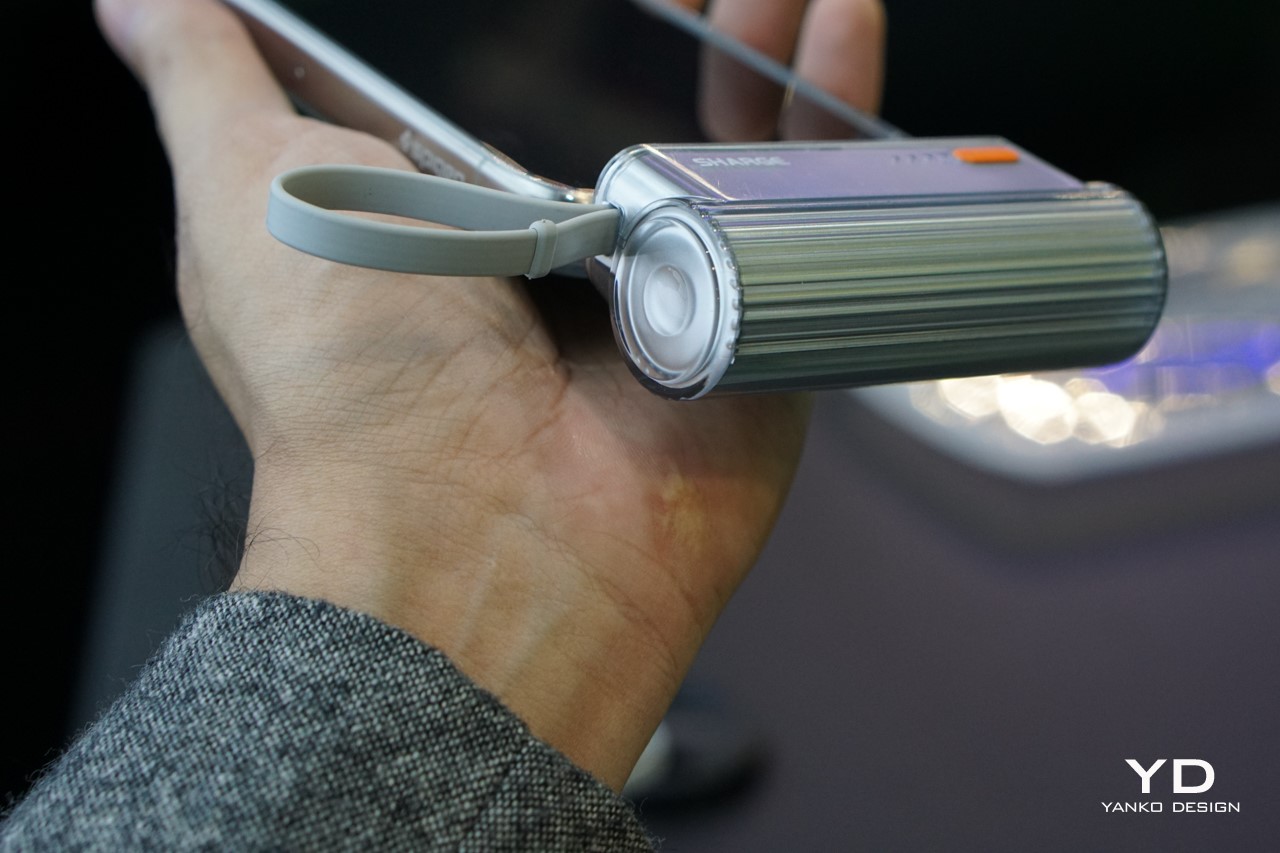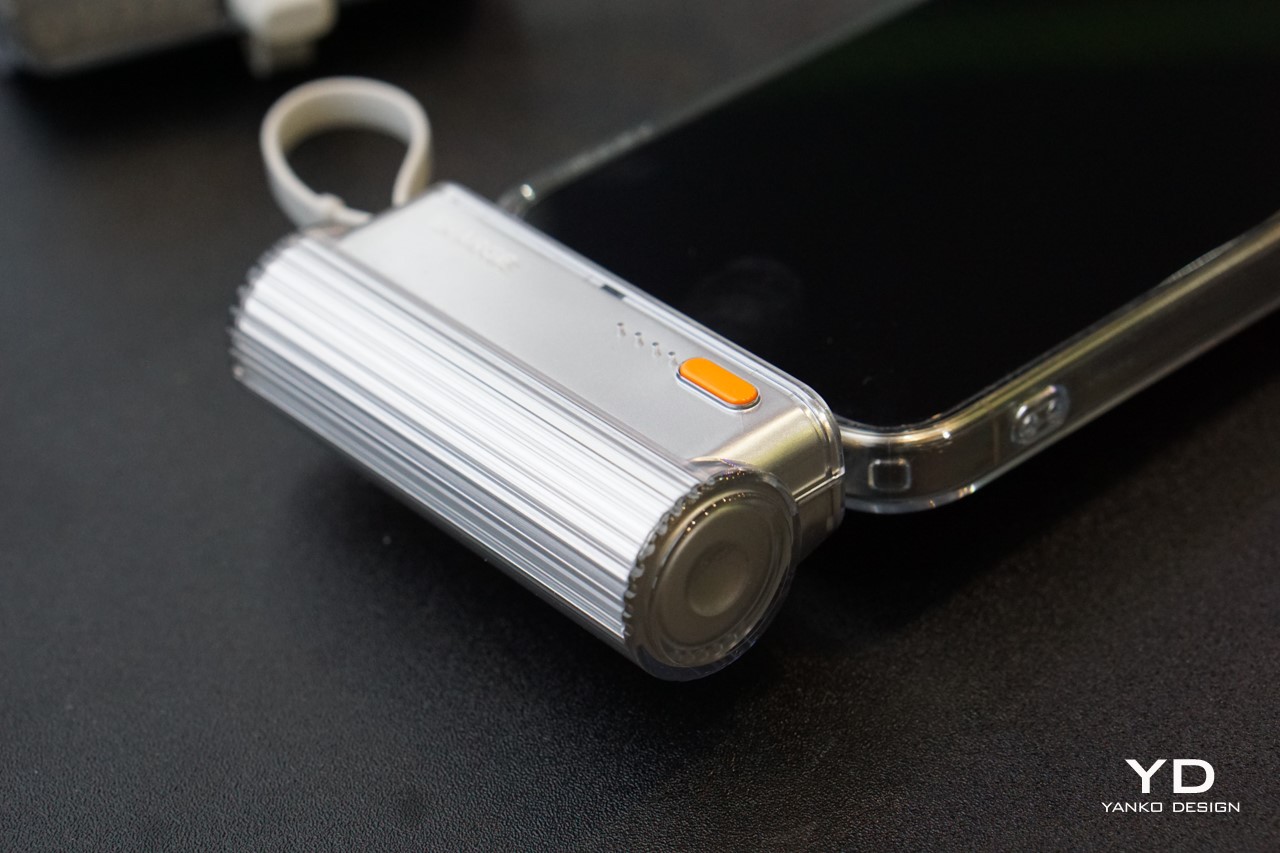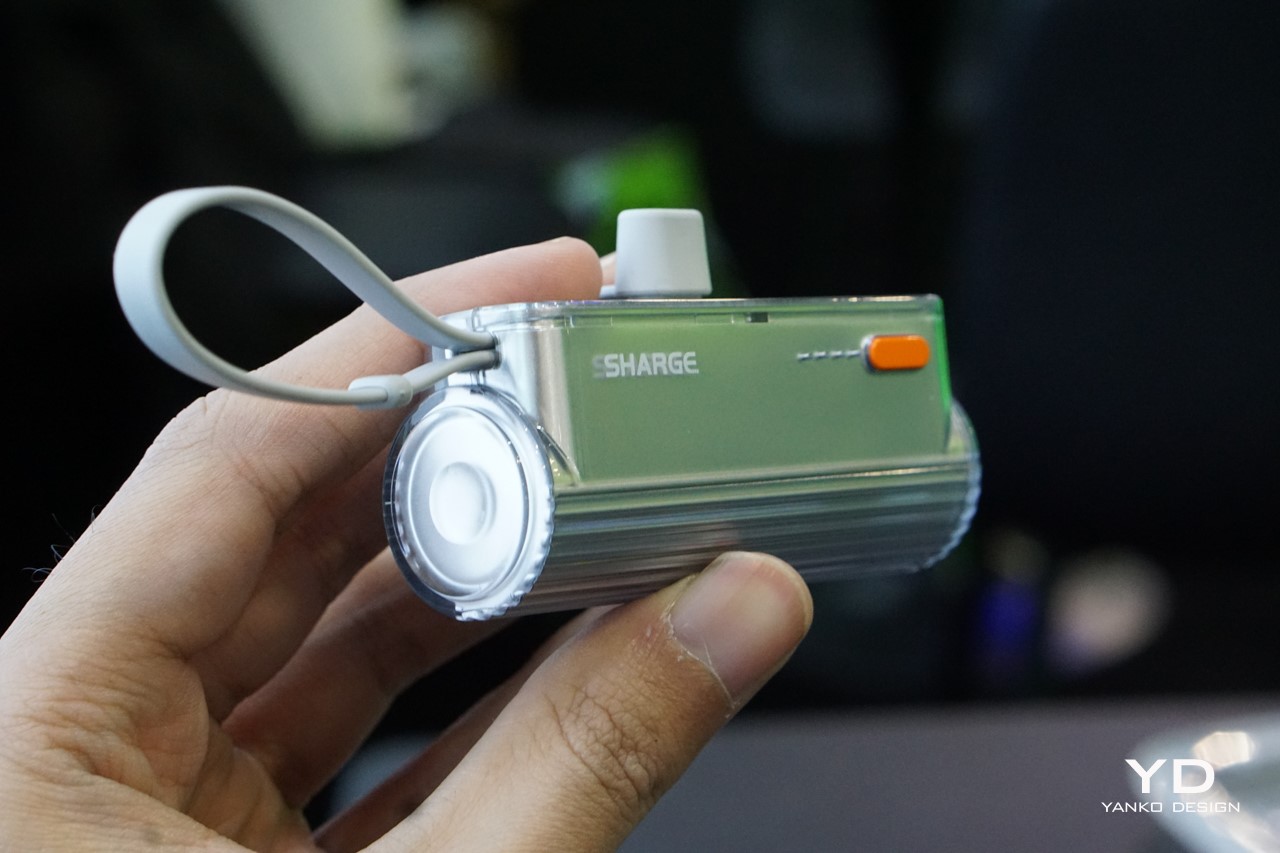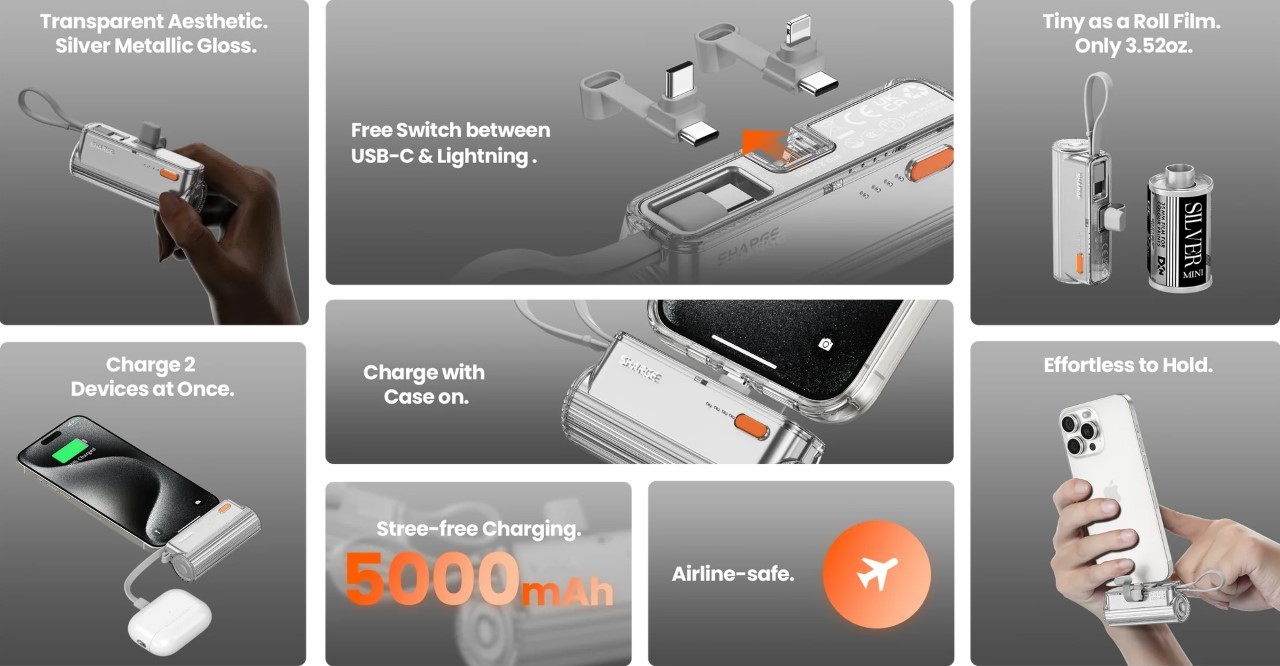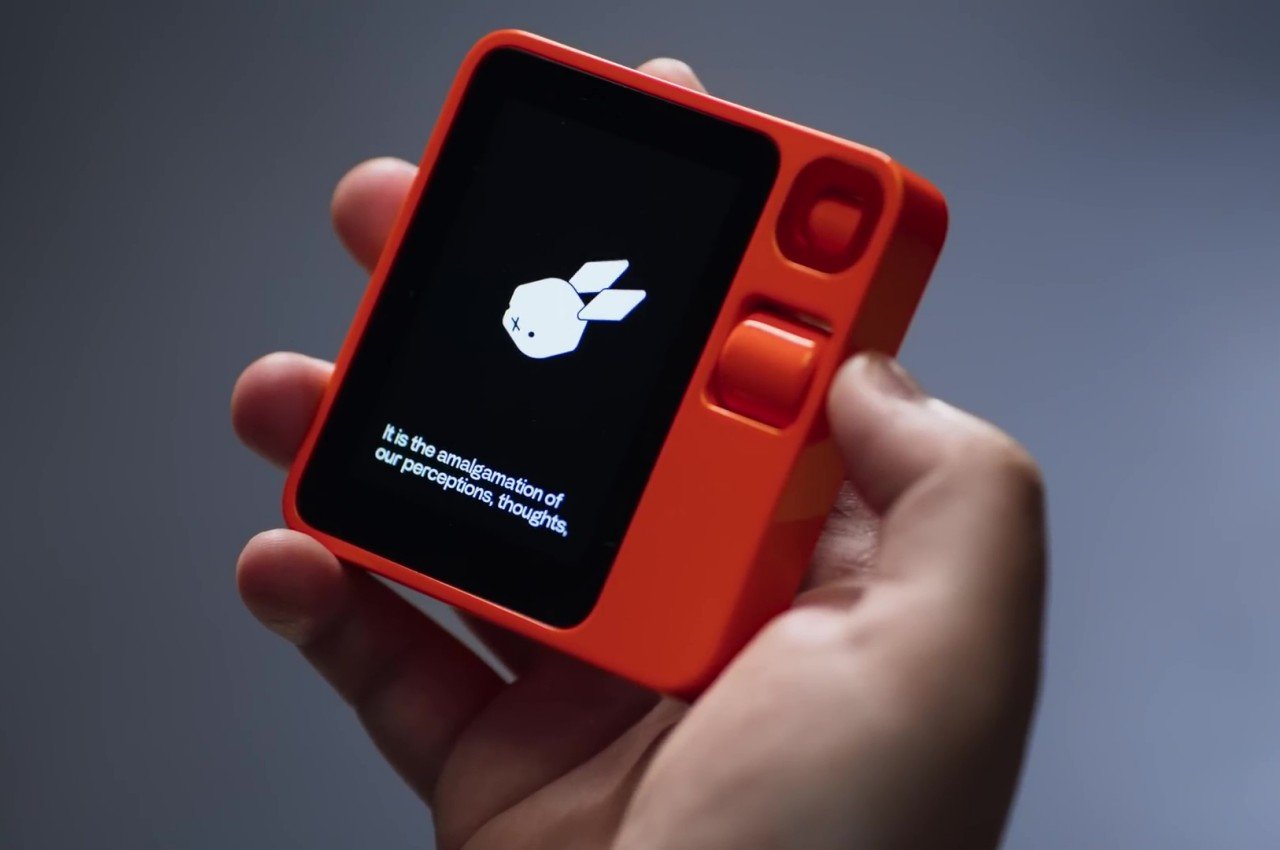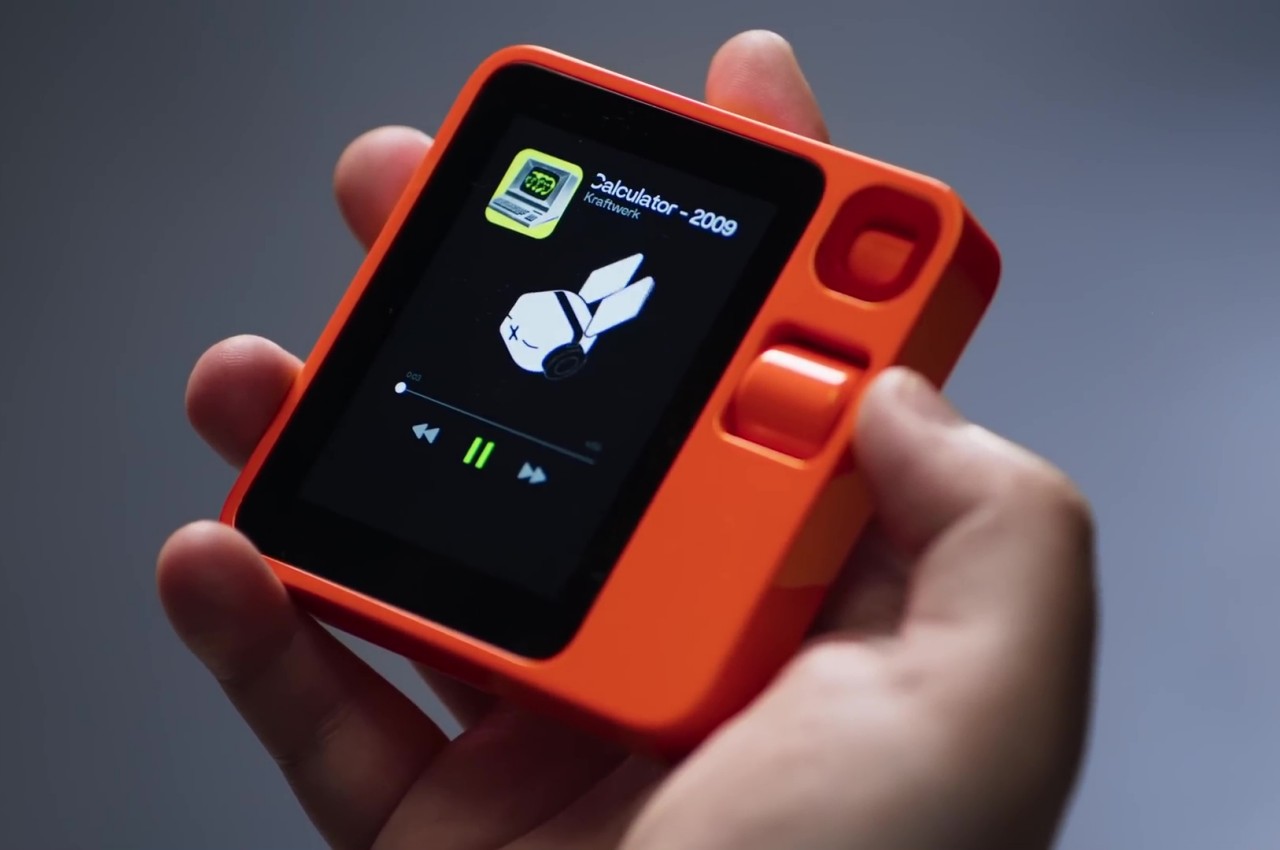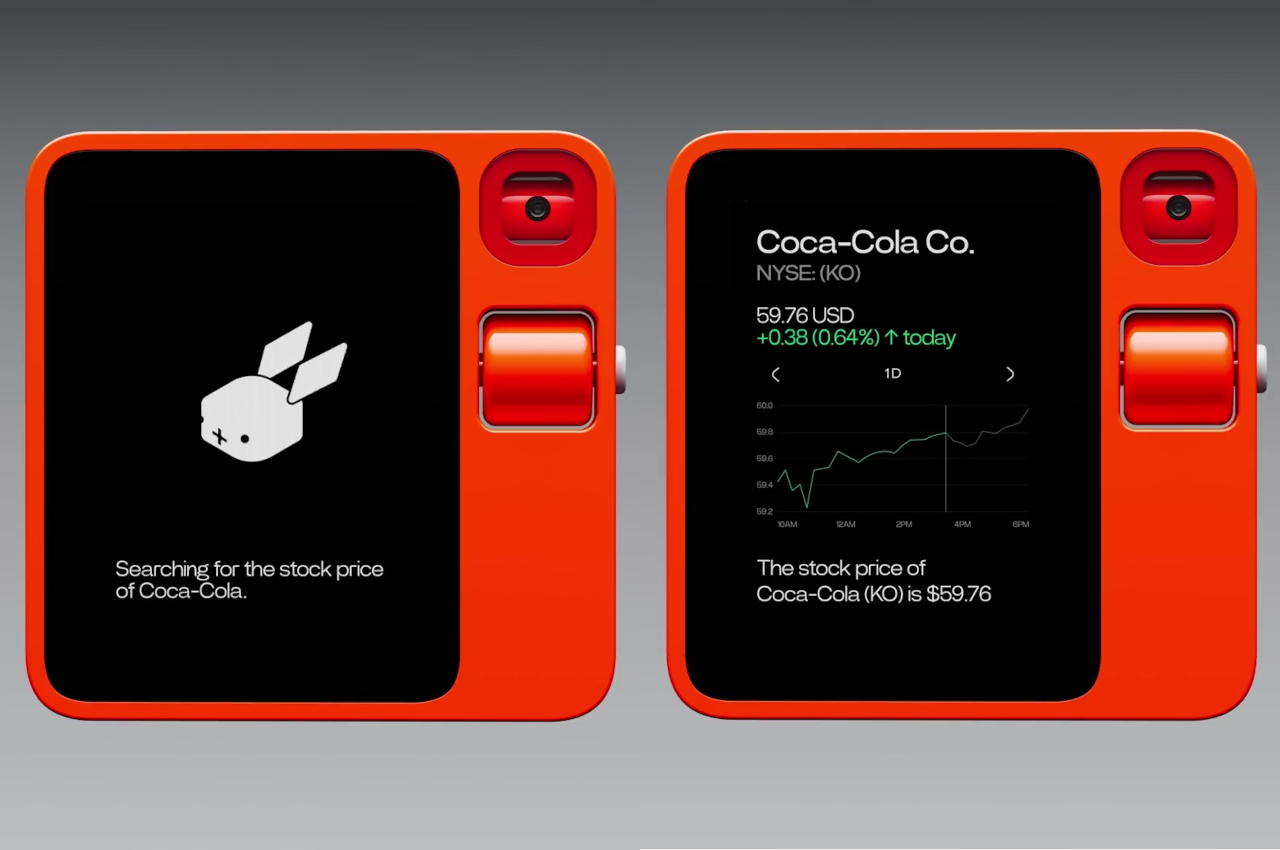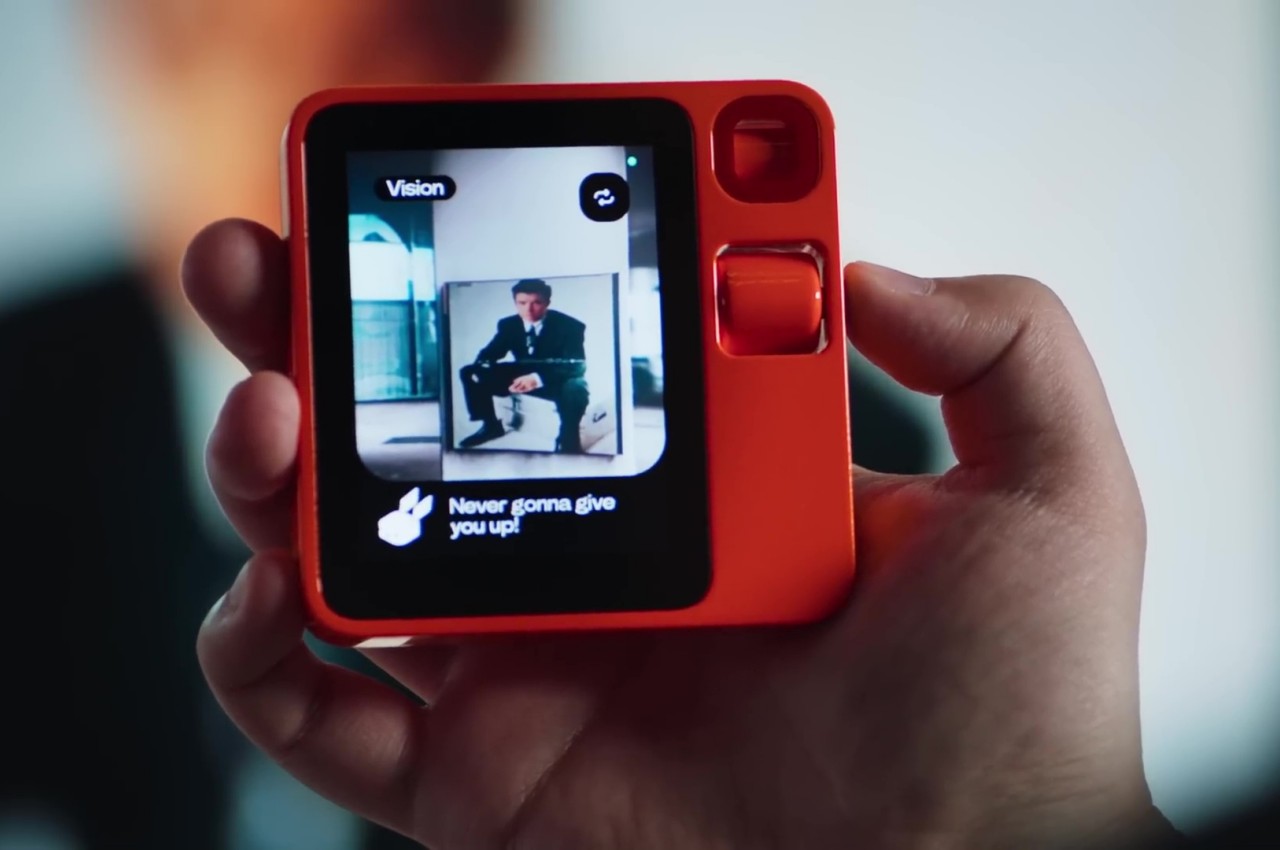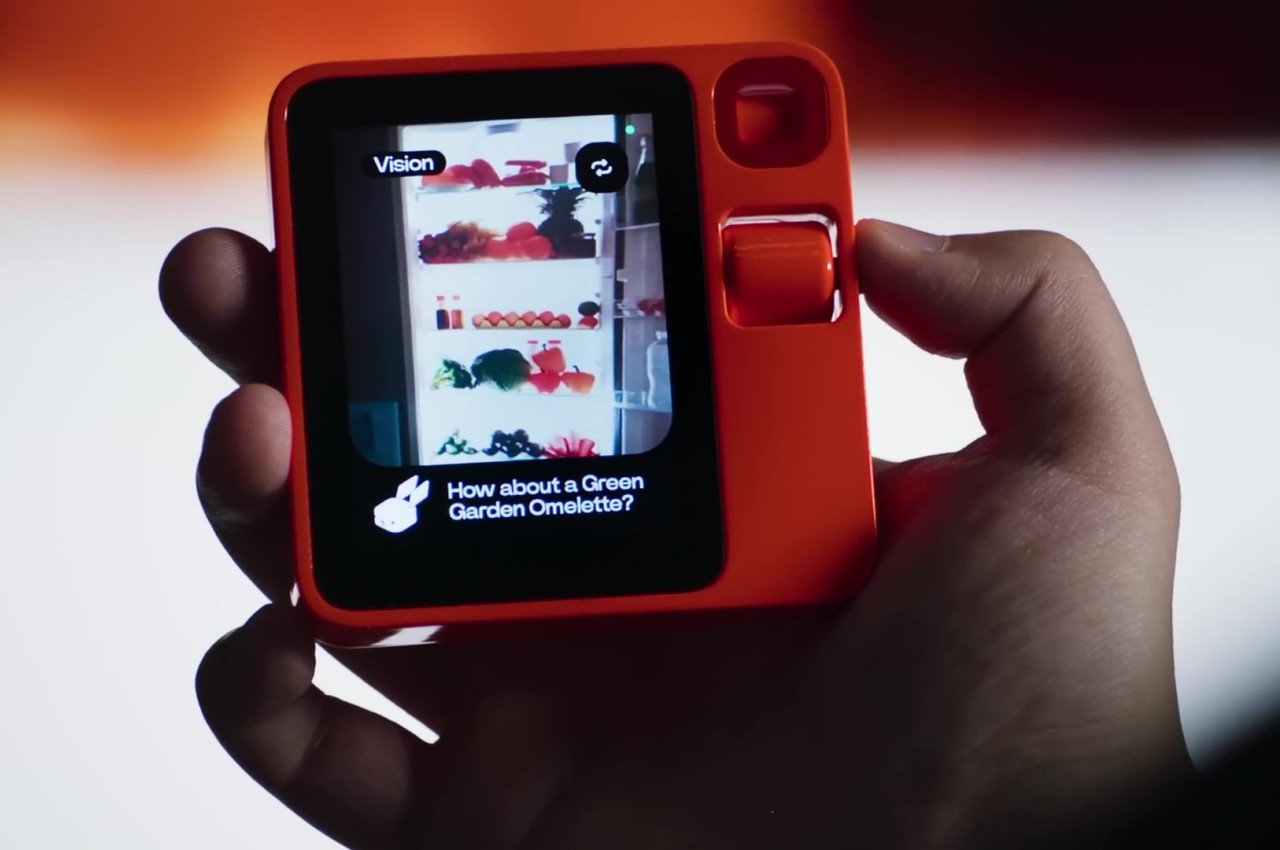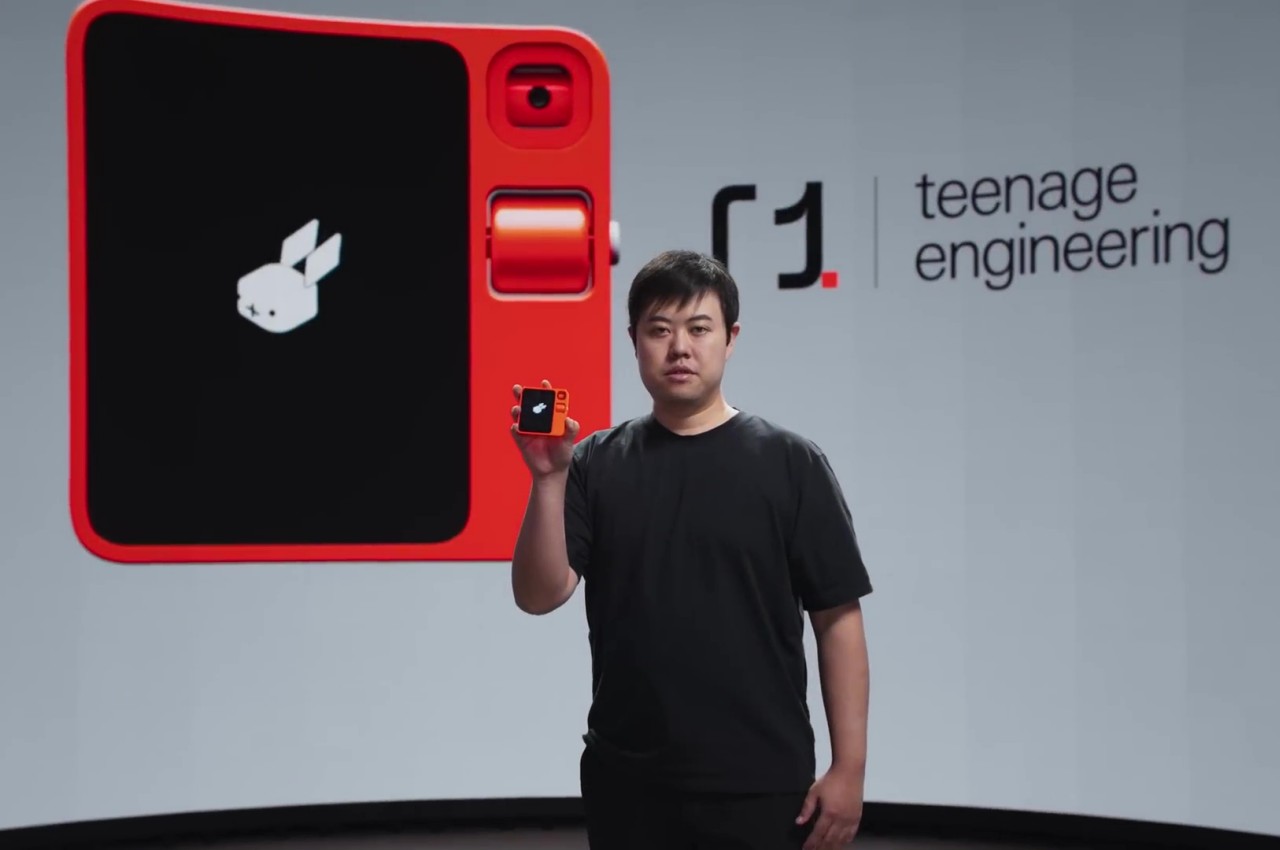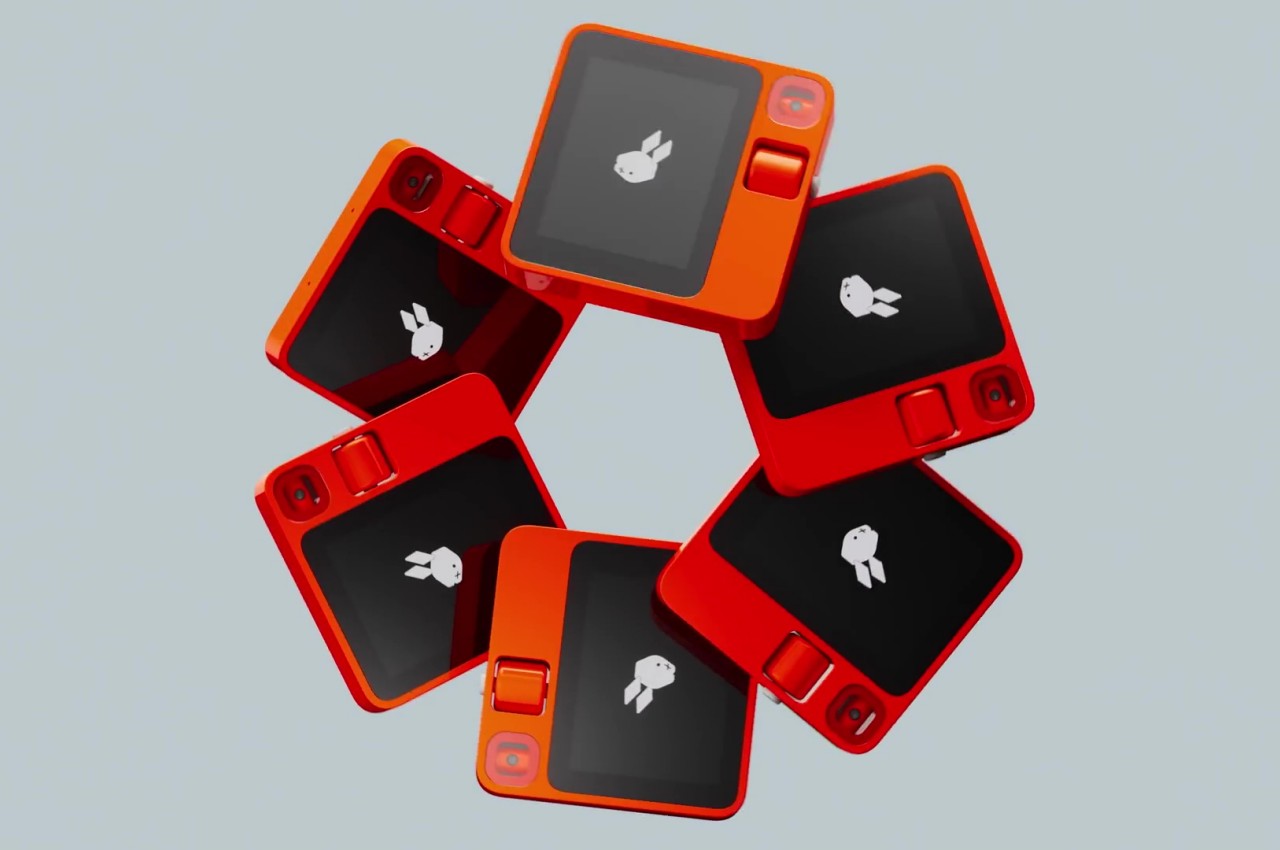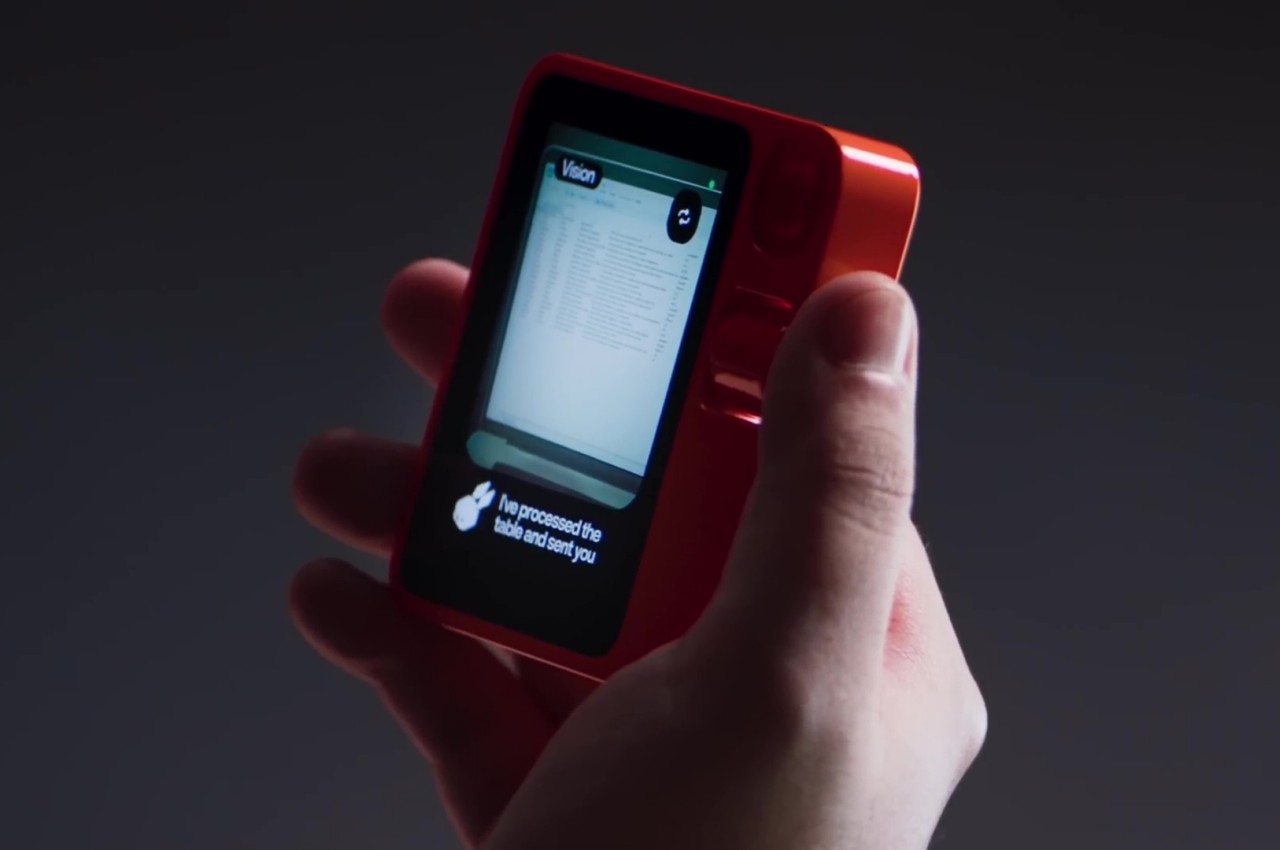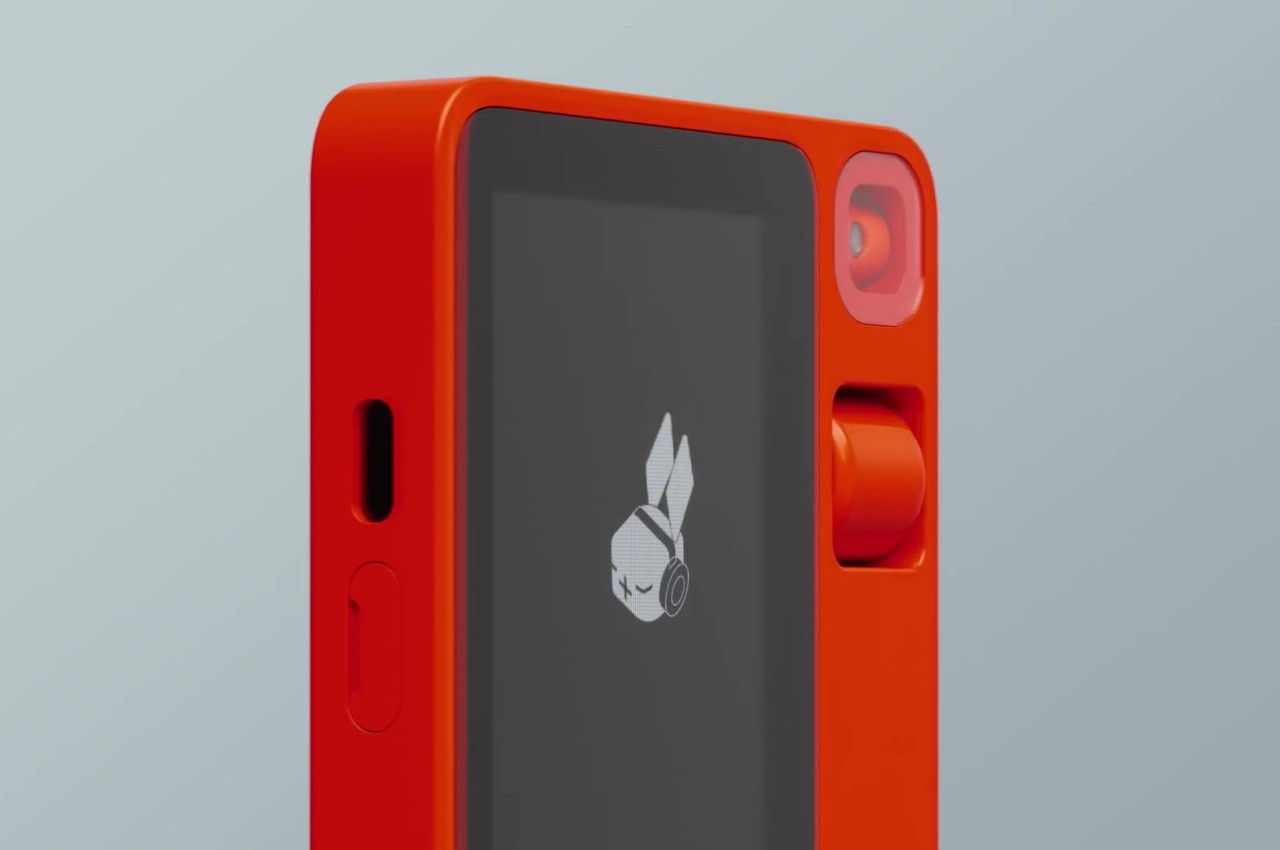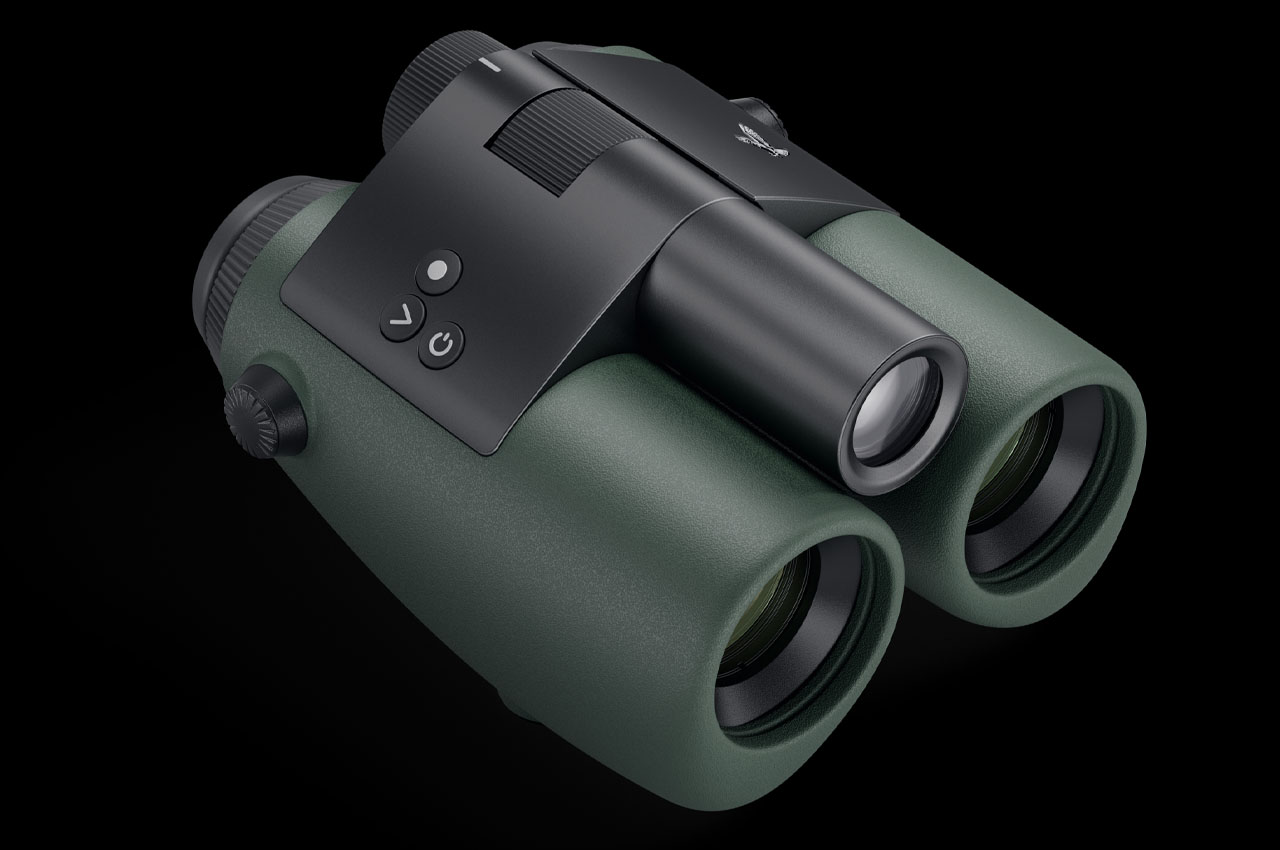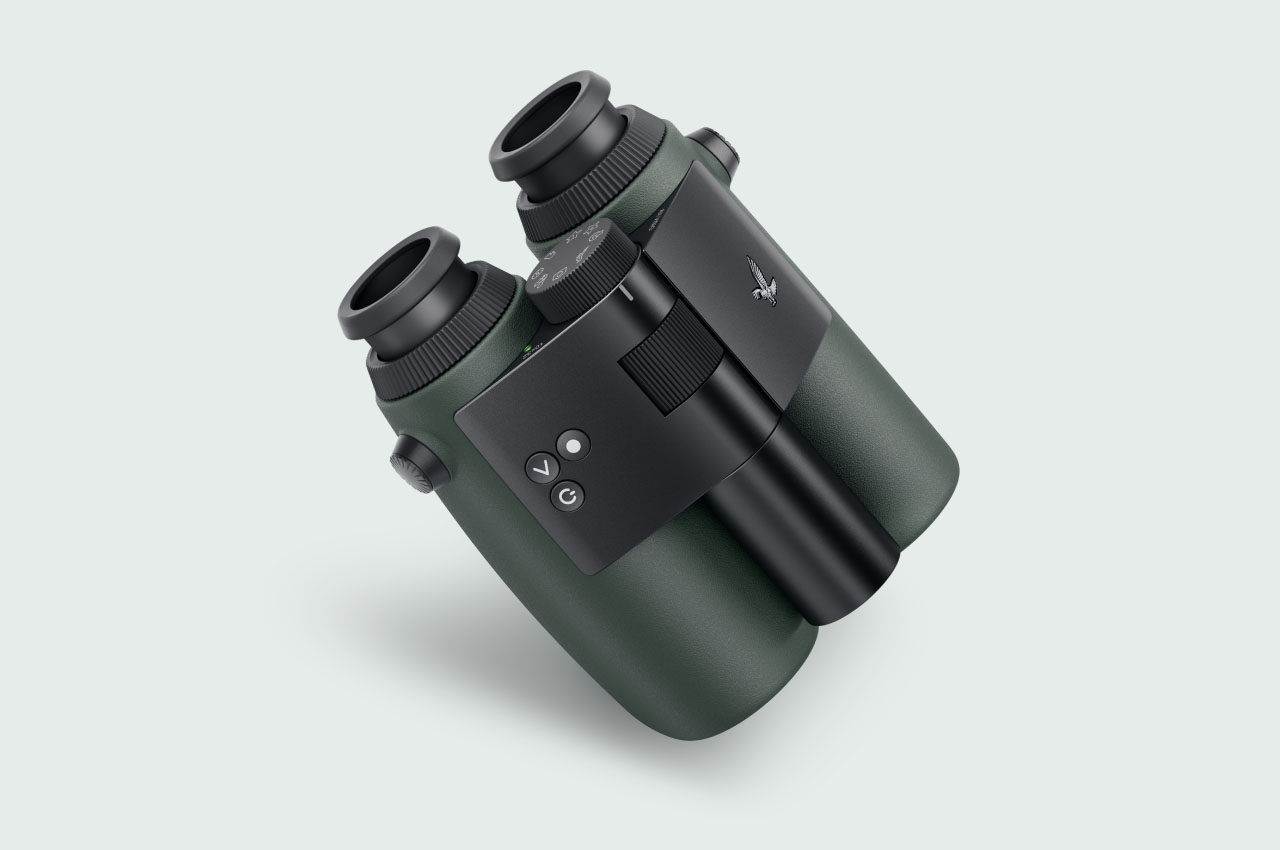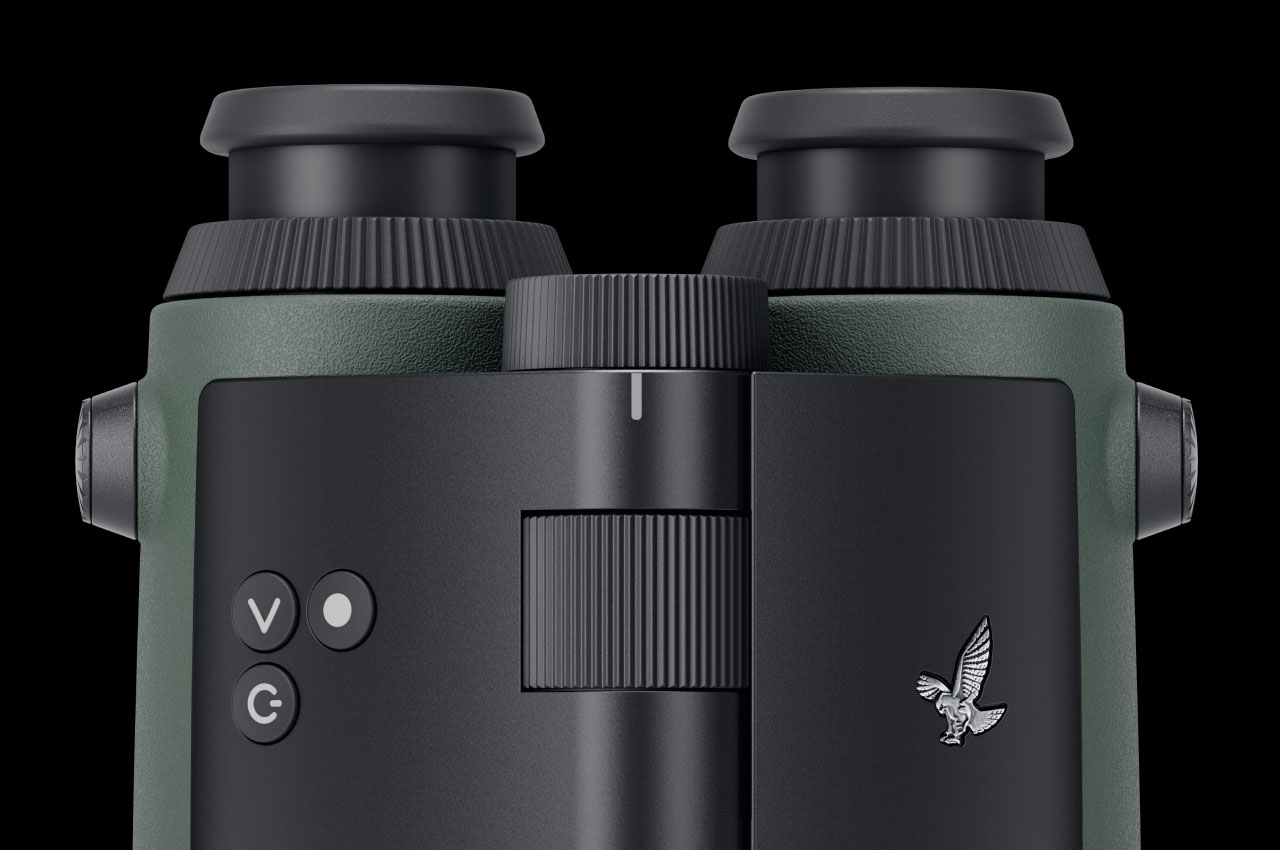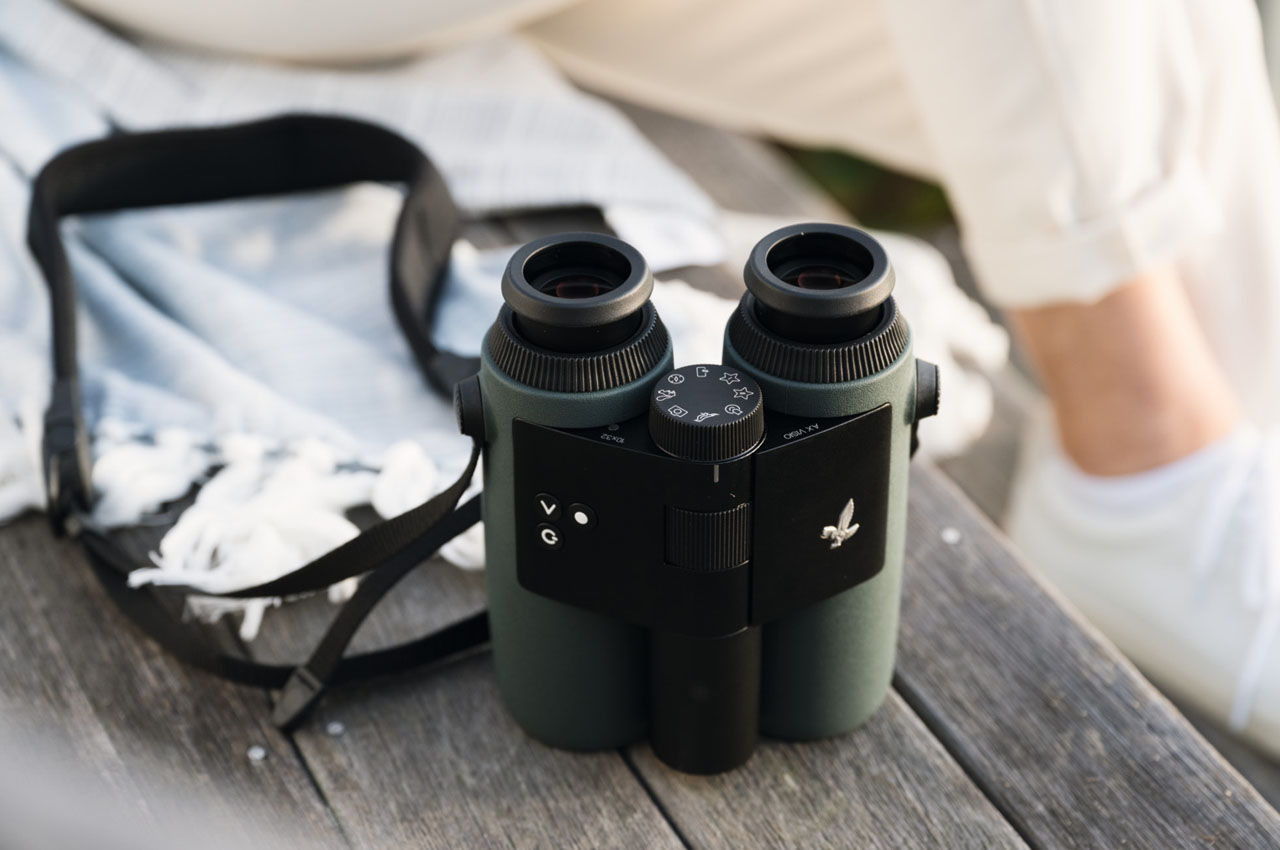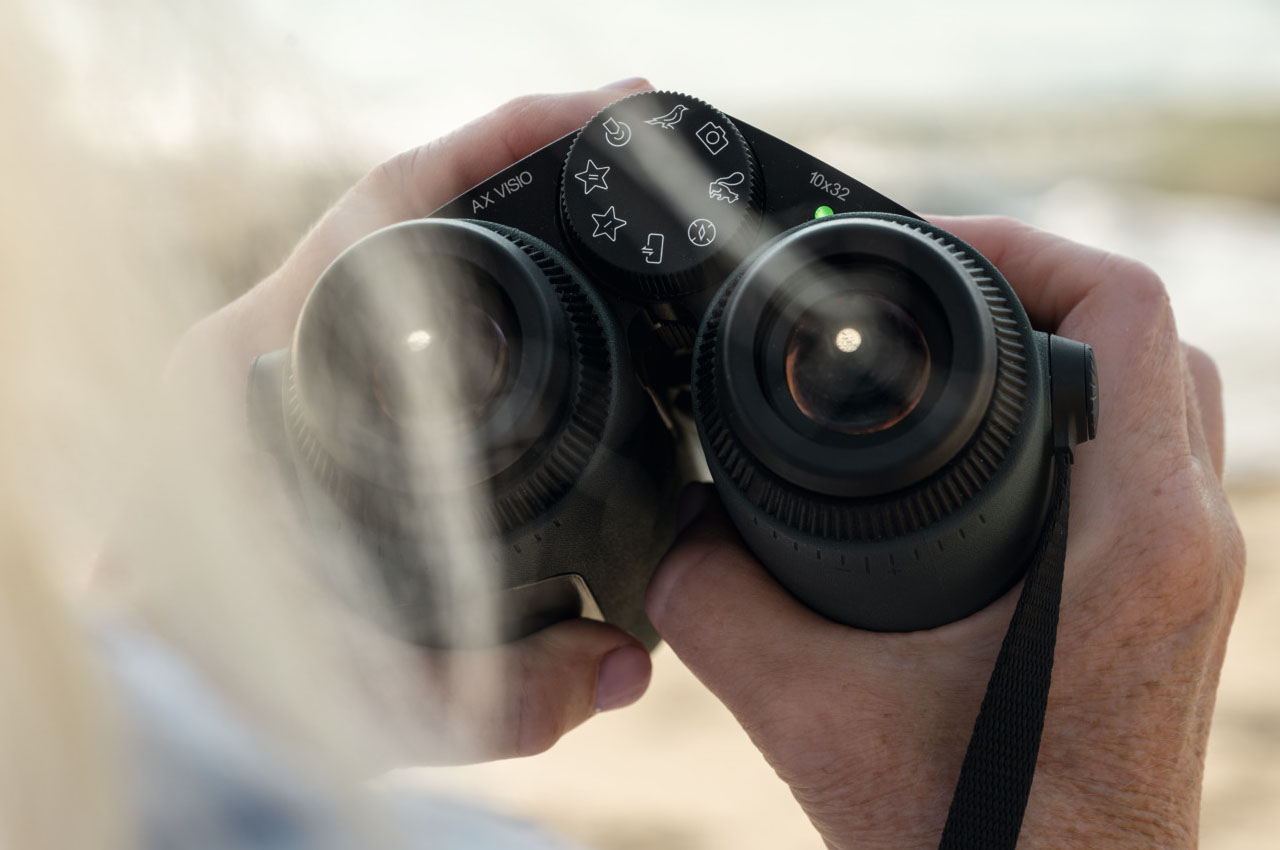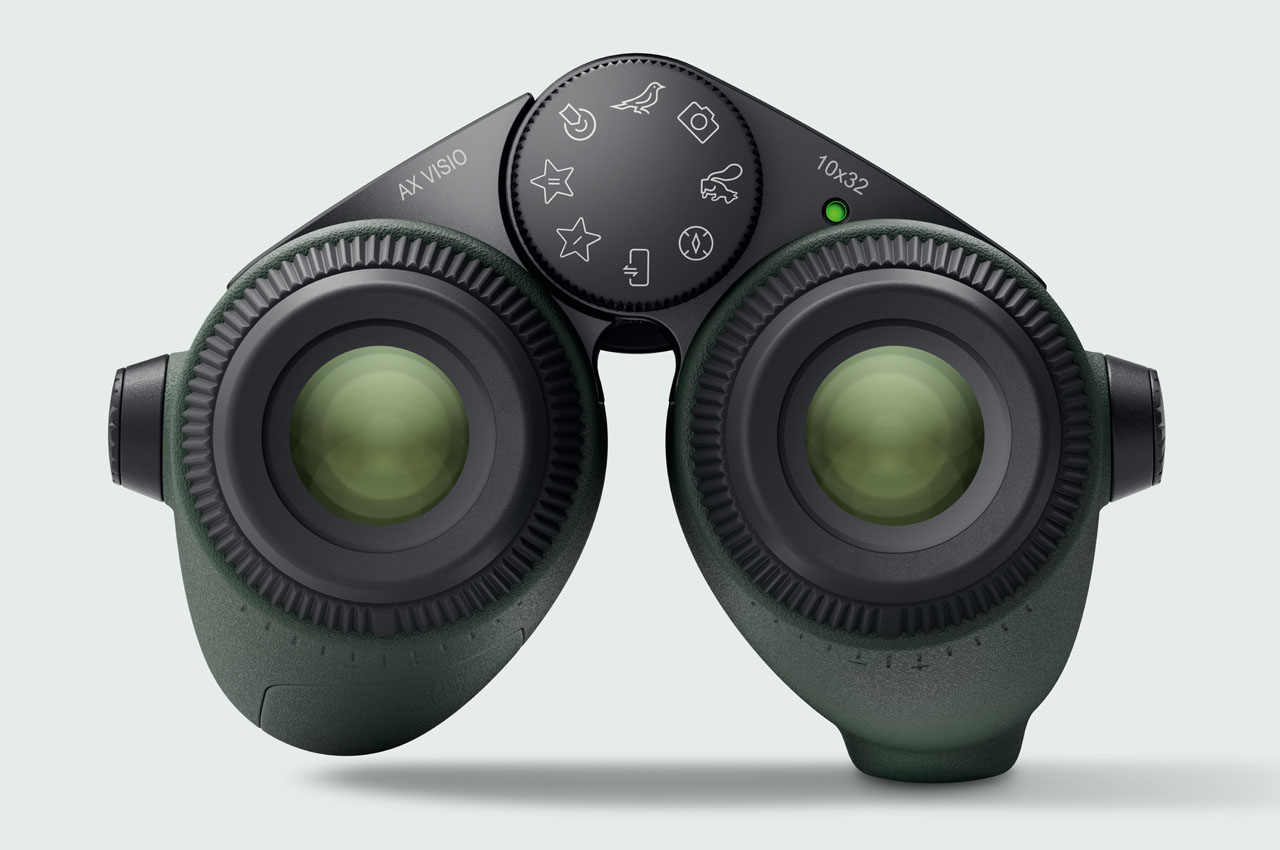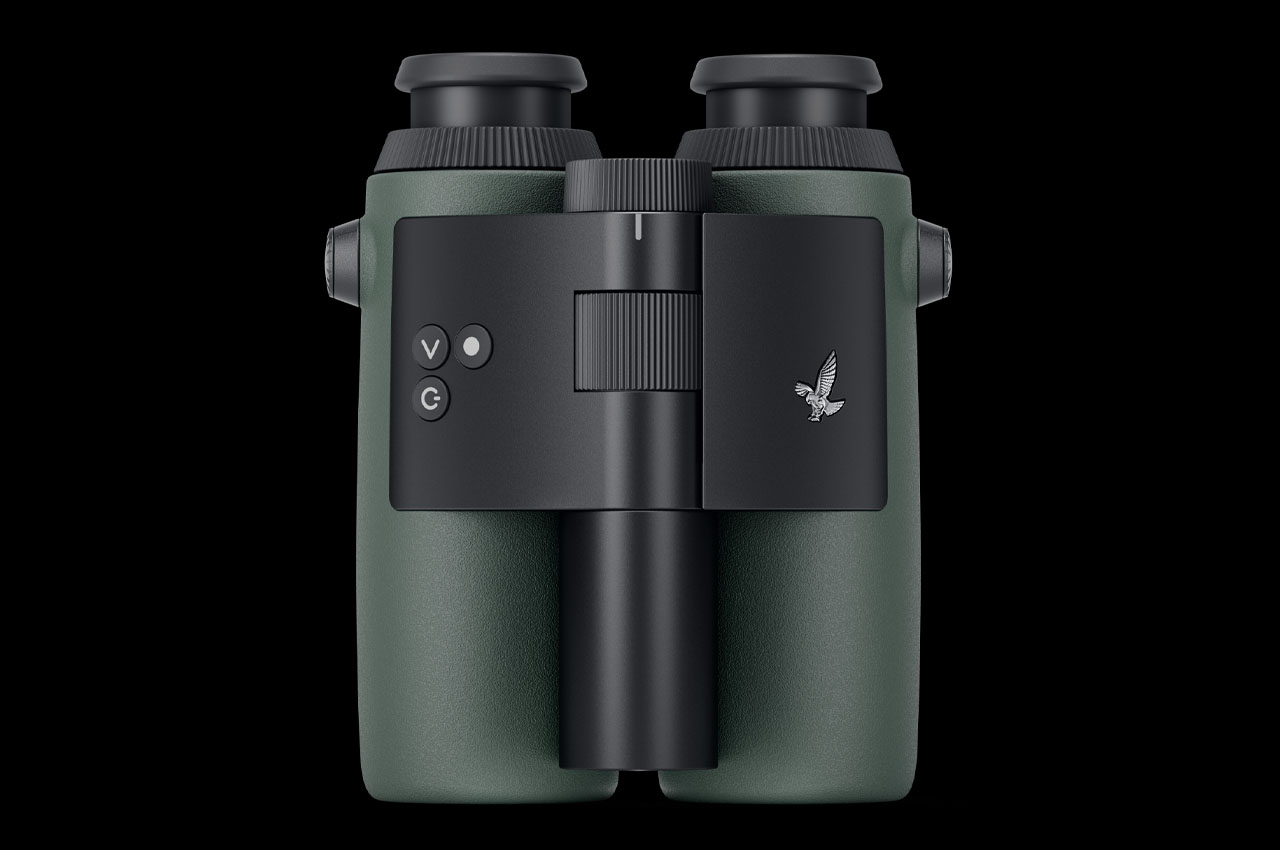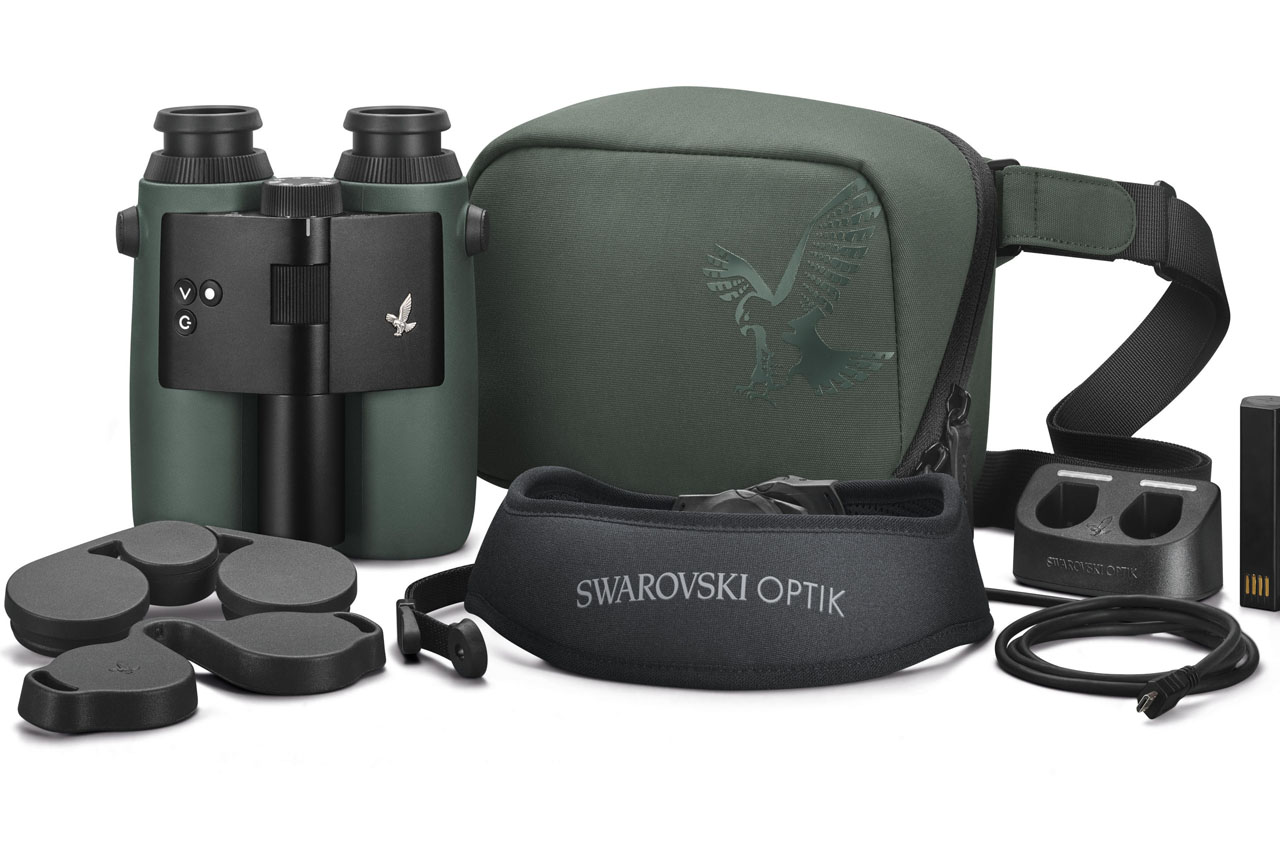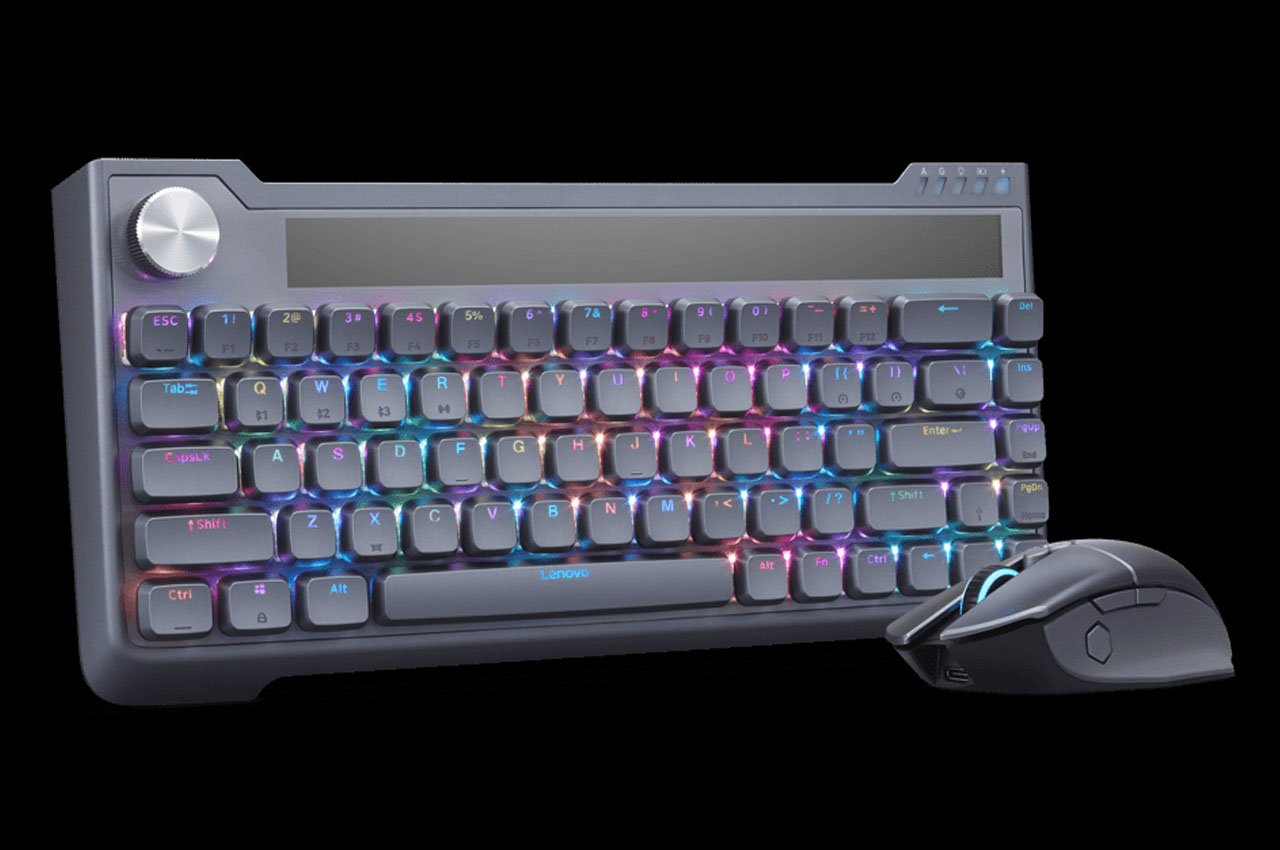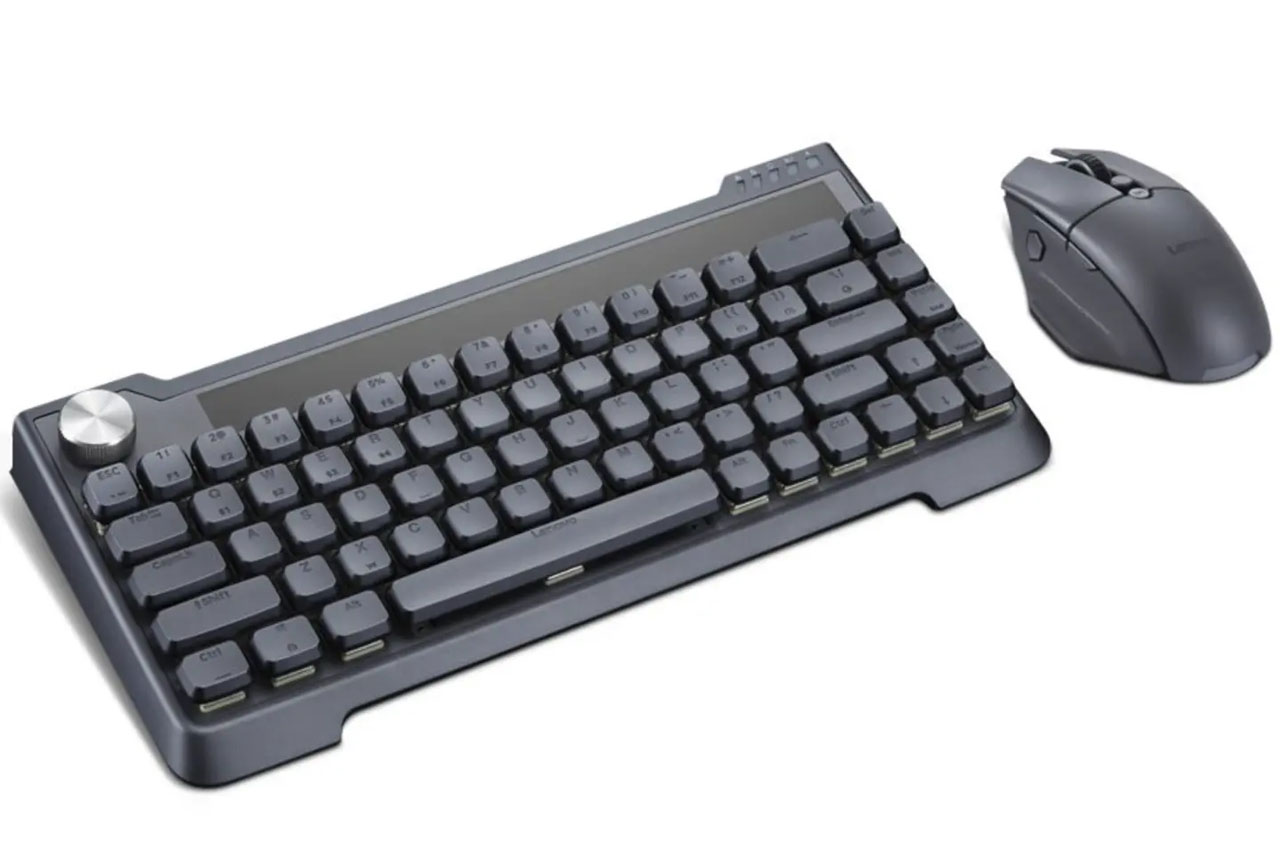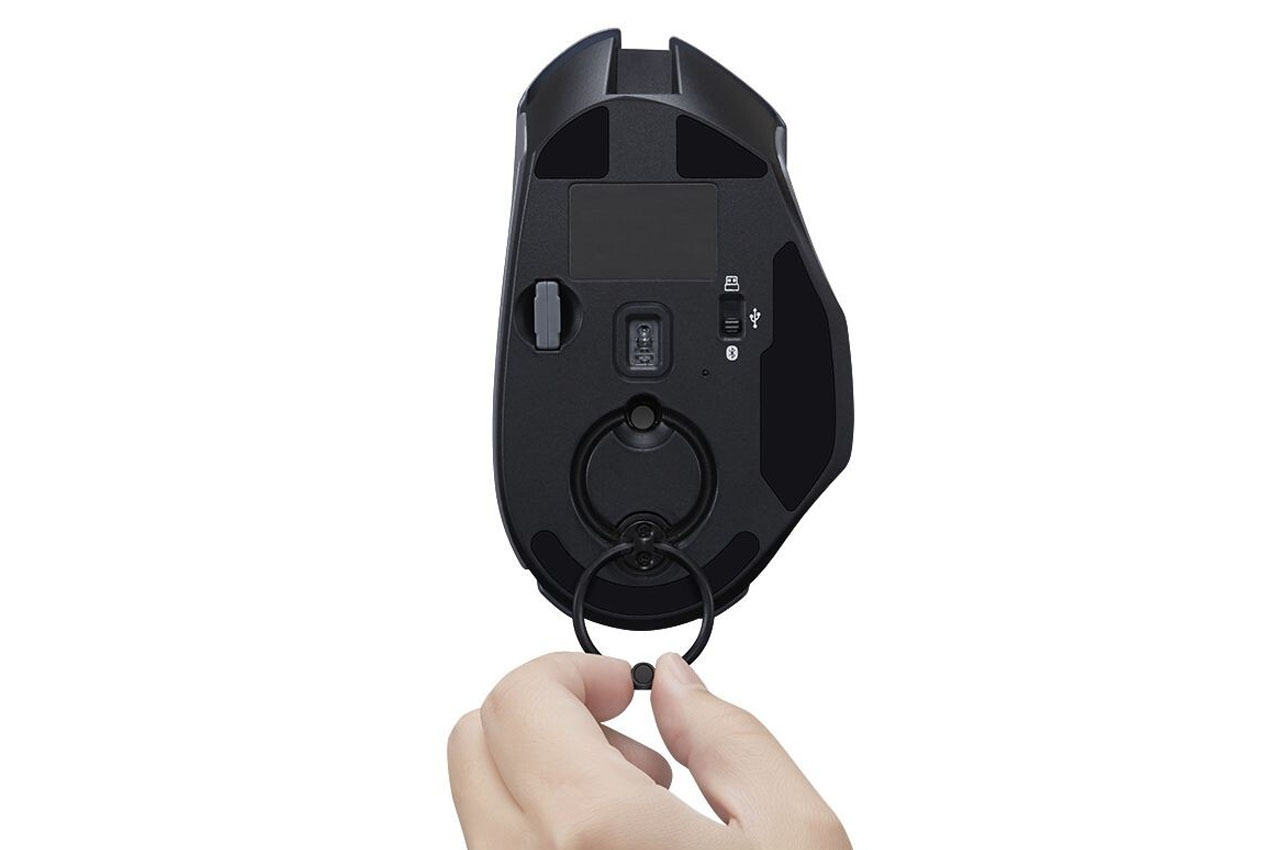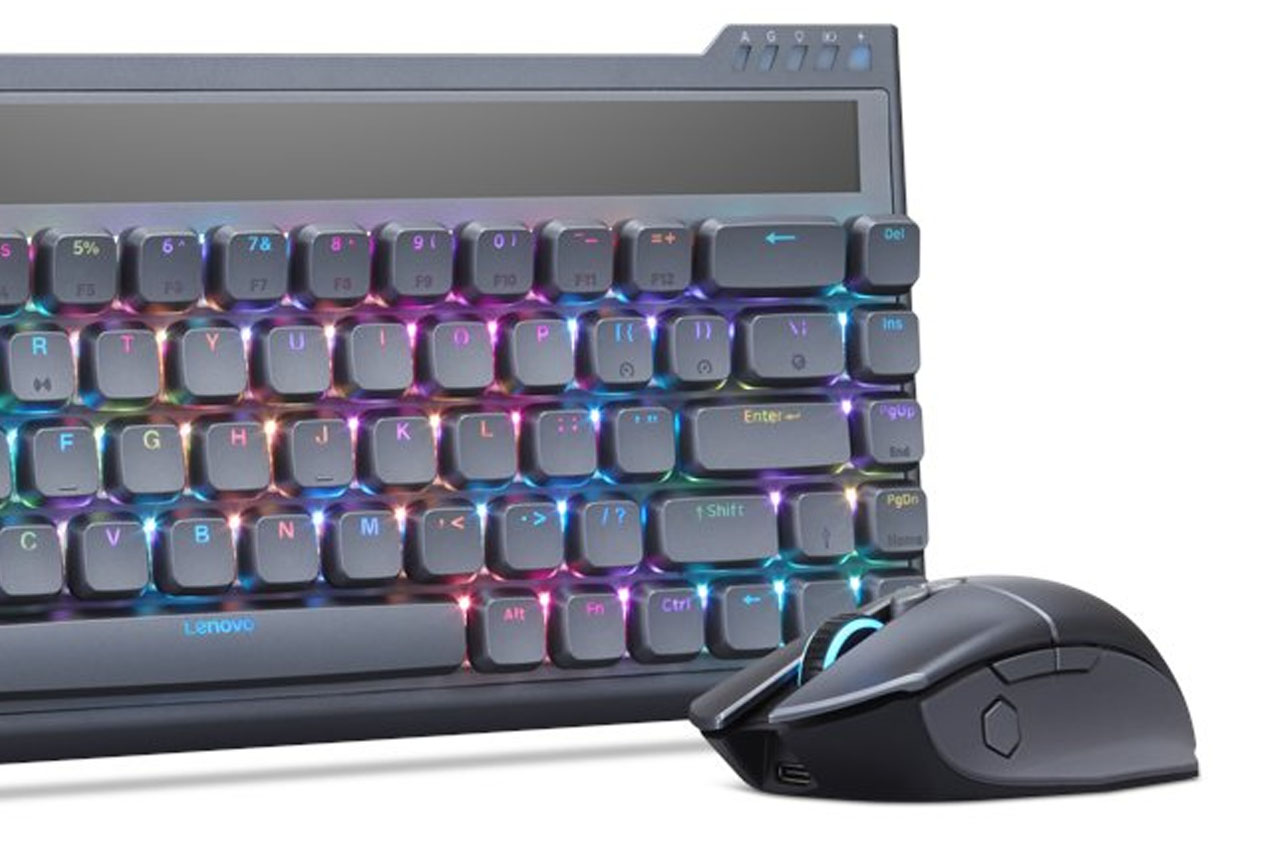Flying cars and AI assistants are a dime a dozen – but have you ever seen a router so adorable it would be the highlight of your interior decor??
The SmartAir Minions Routers were so oddly located in a corner of the Westgate area of the CES 2024 exhibition that it was easy to miss. As chance would have it, I headed to the Westgate area to look for another company, only to suddenly notice these minions through the corner of my eye sitting on a counter. Given the fact that CES is predominantly a tech show, I obviously wondered why these plush-looking toys were on display. A few seconds in it dawned on me – these lifelike characters from the Despicable Me franchise were, in fact, dual and triple-band WiFi 6E routers capable of multi-gigabit internet. The added bonus? They look more adorable and presentable than your existing WiFi router ever could.
Designer: Davolink
The routers come in two models, designed to resemble the two key characters in the Minion-verse, the short and adorable Bob, and the tall and klutzy Kevin. The choice of these two characters play well into the routers’ features too – Bob, being smaller, offers dual-band WiFi connectivity, while the taller Kevin (and that tiny antenna-esque toupee of his) offer triple-band internet, giving you 2.4Ghz, 5Ghz, and even 6Ghz.
Together, both the routers provide a brilliant blend between wide coverage and high speeds, enabling everything from 8K streaming to even gaming. The routers eliminate dead zones too, ensuring every corner of your home has WiFi connectivity with a mesh feature to help maximize coverage.
The highlight, however, is the fact that they are a stunning replica of easily some of the most memorable and iconic characters of animated cinema in the past decade. I’ve always advocated for functional products ditching their industrial aesthetic (air purifiers and smart speakers don’t need to look horrendously industrial in today’s day and age), and it seems like it’s time that WiFi routers took that same approach. Bob and Kevin are designed to be the kind of routers that hide in plain sight. They’re adorable enough to be kept on your shelf or tabletop without feeling the need to conceal them behind curtains or other objects, and that’s really what makes them such a standout product. After all, wouldn’t you rather have a router that looks as cute as these little nitwits than something like the boring box you’re currently connected to as you read this article? My only worry is kids trying to play with these and accidentally bringing your entire home network down… but that’s a problem for another day!
The post These Minions Wi-Fi Routers were probably the most brilliant devices we saw at CES 2024 first appeared on Yanko Design.

